Research News

A multi-institution research team has unveiled AIRES (Algorithmic Iterative Reticular Synthesis), a powerful AI-driven platform designed to dramatically speed up the discovery of new crystalline materials. Published recently in Nature Synthesis, the work shows how artificial intelligence and automated experiments can replace much of the slow, trial-and-error approach that has traditionally defined materials discovery.
Click here to view more, or see the pdf.

An inspiring conversation with the child who grew up in poverty in a refugee family of 12 people and became the first Palestinian scientist to win the Nobel Prize.
Click here and here to view more.

The Materials Research Society (MRS) is pleased to announce that Omar M. Yaghi, University Professor and James and Neeltje Tretter Professor of Chemistry at University of California, Berkeley, has been selected to receive the 2025 Von Hippel Award, the Society's highest honor. Conferred annually, the Von Hippel Award recognizes the qualities most prized by materials scientists and engineers—brilliance and originality of intellect, combined with vision that transcends the boundaries of conventional scientific disciplines. Yaghi is being honored for pioneering the design and synthesis of metal-organic frameworks and covalent organic frameworks, enabling advances in gas storage, carbon capture, and water harvesting from air.
Click here to view more, or see the pdf.
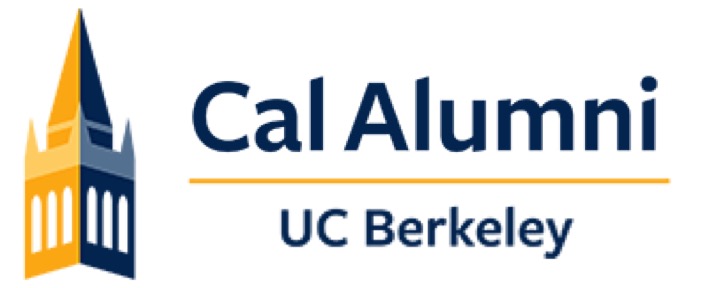
Congratulations to Yaghi Lab alumni Dr. Zach Zheng, Dr. Christian S. Diercks, Dr. Tianqiong Ma, Dr. Lac Ha Nguyen, and Dr. Xing Han for beginning their independent careers and starting their own laboratories as Assistant Professors. Best wishes for their future endeavors. Check out their websites:
Zach Zheng: https://zhenglab.wustl.edu/
Christian Diercks: https://www.dierckslab.com/
Tianqiong Ma: https://sklcc.nju.edu.cn/rygc/yjry/20250731/i332185.html
Lac Ha Nguyen: https://sites.tntech.edu/lhnguyen/
Xing Han: https://air.sjtu.edu.cn/team_view/118
Click here to view more.

Generative AI has exploded into materials science. The space is crowded with startups claiming to be able to work miracles. But even though you can now design materials with incredible properties, you still have to make them. AIMATX, a participant in the Bakar Labs for Energy & Materials pilot program and a tenant at Bakar Bio Labs, is a materials innovation company that’s using AI to design not only remarkable new materials, but also more practical, efficient paths to synthesize them. Co-founder Jennifer Chayes — who also serves as the Dean of the College of Computing, Data Science, and Society at UC Berkeley — describes AIMATX as a “materials on demand” type of operation.
Click here to view more, or see the pdf.

In this episode of the BBC Science Focus Instant Genius Podcast, we’re joined by Professor Omar Yaghi – a pioneer of materials chemistry whose inventions are shaping the future of clean energy, clean air, and even clean water. He’s best known for creating metal–organic frameworks, or MOFs, and covalent organic frameworks, COFs – ultra-porous materials that can capture carbon, store hydrogen, and even pull drinking water out of desert air. His work has opened up an entirely new field of chemistry, and his breakthroughs are now being developed into technologies that could help us tackle some of the biggest challenges of the 21st century.
Click here to listen to the episode on the Apple Podcast.

This July, deep-tech company Atoco announced the launch of the Reticular Science Prize. The company, which was founded by Prof. Omar Yaghi and commercializes discoveries in reticular materials, wants to celebrate innovation and scientific discovery in the fields of metal-organic frameworks, covalent organic frameworks, and other organic and inorganic solid materials.
Click here to view more, or see the pdf.

In January 2025, Professor Omar M. Yaghi became the 7th president of the World Cultural Council. The World Cultural Council is an international organization aiming to promote cultural values, goodwill, and philanthropy among individuals. The organization, founded in 1982 and based in Mexico, has held a yearly award ceremony since 1984 by granting the Albert Einstein World Award of Science, the José Vasconcelos World Award of Education, and the Leonardo da Vinci World Award of Arts to outstanding scientists, educators, and artists, who have contributed positively to the cultural enrichment of mankind. The World Cultural Council recognizes Professor Yaghi’s exceptional dedication to advancing knowledge, mentoring emerging scholars, and promoting cross-cultural understanding. Under his presidency, the World Cultural Council reaffirms its commitment to honouring individuals and institutions whose achievements contribute significantly to the cultural and scientific progress of humankind.
Click here to view more, or see the pdf.
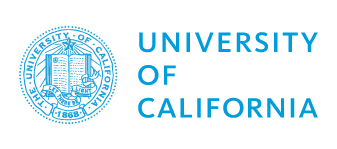
During their May 2025 meeting, the University of California Board of Regents formally approved the appointment of Professor Omar M. Yaghi, the James and Neeltje Tretter Professor of Chemistry at the College of Chemistry and co-director and chief scientist of the Bakar Institute of Digital Materials for the Planet (BIDMaP), as University Professor. The title of University Professor, the top-level and exclusive academic rank of the University of California, is reserved for scholars of the highest international distinction, and it recognizes individuals whose research, teaching, and service have achieved exceptional impact—both within their disciplines and across the broader academic and global community.
Click here to view more, or see the pdf.

Omar M. Yaghi, the James and Neeltje Tretter Chair Professor of Chemistry at the University of California, Berkeley, has been awarded an honorary Doctor of Science degree by Princeton University during its 2025 Commencement ceremony, recognizing his foundational scientific achievements and lasting global impact in the field of chemistry. The honorary doctorate from Princeton University is one of the most distinguished academic honors in the United States. Conferred only upon individuals of extraordinary accomplishment, the degree reflects not only a recipient’s scholarly excellence but also their alignment with Princeton’s mission to advance knowledge and serve the public good. Honorary degree recipients are selected through a rigorous process by a committee of trustees and members of the University community, and their names are kept confidential until Commencement day.
Click here to view more, or see the pdf.

The International Union of Pure and Applied Chemistry (IUPAC) proudly announces Professor Omar M. Yaghi as the first recipient of the IUPAC-Soong Prize for Sustainable Chemistry. The prestigious award honors Professor Yaghi for his groundbreaking work in Reticular Chemistry, a field he founded, which has revolutionized the chemistry of creating new materials and provided new pathways to address climate and water challenges facing our planet.
Click here to view more, or see the pdf.

Two decades on from the first reported covalent organic frameworks, Nina Notman investigates what their future holds: Ten years after creating the first metal–organic framework materials (MOFs), Omar Yaghi’s group succeeded in crystallising the first fully organic structures of this type – constructions that he coined covalent organic frameworks (COFs), due to them being held together by covalent bonds. COFs are composed of light elements such as hydrogen, carbon, boron, nitrogen and oxygen. Yaghi’s group published the first 2D COFs in 2005 and the first 3D versions in 2007. Both contained highly reversible boron–oxygen linkages. Microscopic reversibility is key to enabling crystallisation, as it enables the crystals to be dissolved back to their original building blocks and recrystallised repeatedly until a uniform structure forms.
Click here to view more, or see the pdf.

UC Berkeley researchers in chemistry and computer science recently reported on their use of an AI tool – large language models – to advance discovery in reticular chemistry and materials science. The perspective paper was published in the journal Nature Reviews Materials earlier this month by researchers at the Bakar Institute of Digital Materials for the Planet (BIDMaP) and the Department of Chemistry at Berkeley. BIDMaP is part of Berkeley’s College of Computing, Data Science, and Society. By leveraging generative AI to help streamline routine laboratory tasks, the researchers said, chemists can be further empowered to address societal issues such as climate change and clean air and water.
Click here to view more, or see the pdf.

This feature film by the Tang Prize Foundation on the Laureates describes the extraordinary journey of Professor Omar Yaghi, from a young boy born into a Jordanian family whose discovery of the beauty of chemical molecules as a child sparked his interest in science, to becoming the pioneer in Reticular Chemistry. Professor Yaghi's research contribution is the development of metal-organic frameworks and covalent organic frameworks that can extract water from desert air, providing a solution to global water shortage. Yaghi Group is also exploring using these frameworks to capture other substances such as carbon dioxide, hydrogen, and methane, and combining it with artificial intelligence to combat climate change. Professor Yaghi's passion for science, innovation and sustainable development demonstrates his dedication to creating a better future for mankind.
Click here to view more, or watch the Chinese Version.

Ahead of his 60th birthday, Omar Yaghi discussed with Stephanie Greed from the Nature Reviews Chemistry of his life in science so far and where he believes is the exciting space for future developments.
Click here to view more, or see the pdf.

Advances in a field of research known as reticular chemistry could provide a breakthrough solution to the growing water scarcity crisis in the western United States. Material science researchers have developed highly porous crystalline materials, known as metal-organic frameworks (MOFs) and covalent organic frameworks (COFs), capable of efficiently capturing water vapor from the atmosphere—even in extremely dry conditions.
Click here to view more, or see the pdf.

Reticular chemistry pioneer Omar Yaghi has co-founded a new institute focused on using AI to tackle climate challenges. He spoke to Chemistry World about what the Bakar Institute of Digital Materials for the Planet at the University of California, Berkeley aims to achieve and how AI will change the way we do chemistry.
Click here to view more, or see the pdf.

COF-999 is the latest stable covalent organic framework (COF) synthesized in the lab of Professor Omar M. Yaghi, University of California, Berkeley, USA. As reported earlier, COF-999 demonstrates exceptional CO₂ capture performance from open air, especially in humid conditions, while remaining chemically and thermally stable. Here, Omar Yaghi talks to Vera Koester for ChemistryViews about the ability of this COF to adsorb CO₂ and its potential to solve the CO₂ problem, his research and the opening of the field of reticular chemistry, the use of chemistry to solve societal challenges such as climate change or water scarcity, how and why chemistry needs to be made more attractive and accessible, and the evolving role of the chemist.
Click here to view more, or see the pdf.

From humble beginnings as a refugee, Professor Omar Yaghi was one of six exceptional individuals honoured with the Great Arab Minds Award on Thursday, sharing the Dh6 million prize for their groundbreaking contributions to their respective fields. Honoured by Sheikh Mohammed bin Rashid Al Maktoum, Vice-President and Prime Minister of UAE, and Ruler of Dubai, Professor Omar reflected on his journey, "I didn't wait for ideal circumstances to pursue my passion for molecules. From the simplest drawings in my youth, I saw beauty and potential. Today, my work has led to solutions for clean air, water, and energy,” he told Khaleej Times.
Click here to view more, or see the pdf.

Drenching rain, record-breaking heat as well as more severe floods and droughts are now the reality of climate change. Extreme weather events have become more frequent and intense as greenhouse gases -- primarily carbon dioxide -- continue to surge, further warming the planet. Even if the world immediately stops using fossil fuels, experts warn hundreds of billions of tons of CO2 will remain in the air, causing further damage to the planet. The goal – even the holy grail – is to bring this gas down to pre-industrial levels. According to NASA scientists, thanks to human activities, the current rise of CO2 levels has reached 422 parts per million. That's 50% higher than what it was before the Industrial Revolution. Now a bright yellow powder (COF-999) invented by the Yaghi Lab at the University of California at Berkeley may just be the game changer humanity needs in the fight against climate change. The results of new research using the powder just got published in the journal Nature.
Click here to view more, or see the pdf. Also see Los Angeles Times, SFGATE, or UC Berkeley News.

The International Balzan Prize Foundation of Switzerland and Italy awarded its 2024 Balzan Prize in the category of Nanoporous Materials for Environmental Applications to Prof. Yaghi for his groundbreaking contributions to the discovery and development of nanoporous framework materials, and advancing their applications in carbon capture, hydrogen storage, and water harvesting from desert air. Yaghi developed foundational design principles and innovative synthetic methods, creating two extensive classes of nanoporous materials: metal-organic frameworks (MOFs) and covalent organic frameworks (COFs). These pioneering materials are now at the forefront of global efforts to tackle critical sustainability and environmental challenges facing our planet.
Click here to view more, or see the pdf.

The Ullyot Public Affairs Lecture emphasizes the positive role that the chemical and molecular sciences play in our lives. The 2024 Ullyot Public Affairs Lecture and Award features reticular chemistry pioneer and Berkeley professor Omar Yaghi. Yaghi will highlight how 30 years of establishing the basic science of reticular materials has led us to carbon capture from air and flue gas, and harvesting water from air to produce drinking water in various parts of the world regardless of temperature and humidity levels. He will discuss and present results on his efforts in taking this technology from the laboratory to the field, including the design and engineering of prototypes.
Click here to view more, or see the pdf.

Materials that are bigger on the inside than the outside provide a futuristic solution to supply water to an increasingly arid planet. Omar Yaghi is the founder of Atoco and a chemistry professor at the University of California at Berkeley who pioneered these materials that can harvest water from desert air.
Click here to view more, or see the pdf.

On June 18th, 2024 the Tang Prize Foundation announced Omar M. Yaghi, an esteemed American chemist, as the recipient of the 2024 Tang Prize in Sustainable Development. Prof. Yaghi is awarded for his groundbreaking work in innovative materials for carbon capture, energy storage, and water harvesting from desert air. Yaghi's research has revolutionized the field of chemistry and materials science, offering transformative solutions for sustainable development through the creation of customizable materials with exceptional properties.
Click here to view more, watch the video on Youtube or see the pdf.
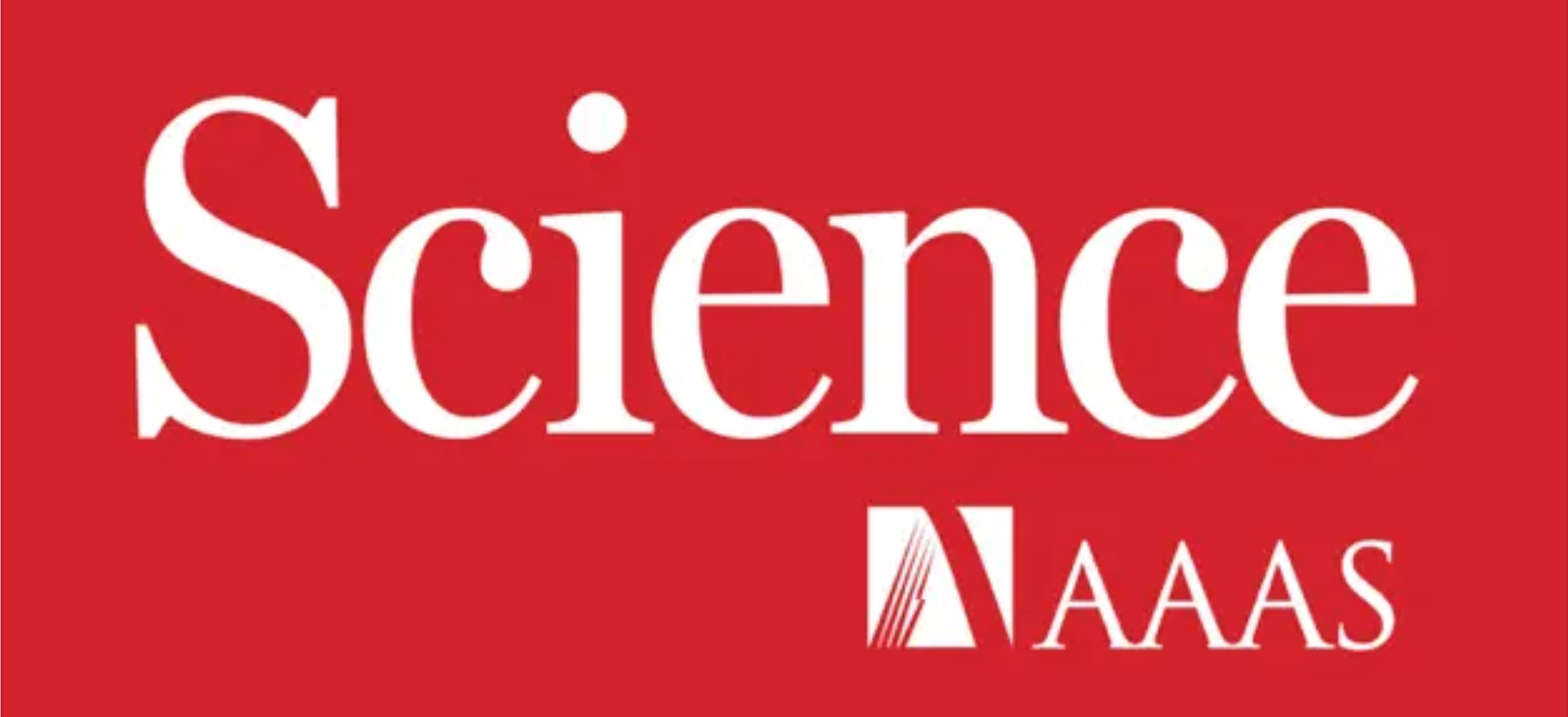
In 2016, Yaghi Research Group realized the first molecularly woven structures by interlacing the backbone of covalent organic frameworks in a 3D space. These molecular woven COF crystals are tough but extremely flexible, as every atom has a high degree of freedom to move around but is also locked in place, and as a whole the woven crystals are able to dissipate energy during stress to prevent fracture. In a new study published by Science, a collaboration effort led by Profs. Yaghi, Xu, and Ritchie is now leveraging both the porosity and molecular weaving to make polymer composites stronger, tougher, and more resistant to fracture by threading polymer strands through the woven network.
Click here to view more, or see the pdf.

Berkeley launched "Light the Way", a historic effort to raise $6 billion, in February 2020. Today, Light the Way has concluded with a total of more than $7 billion raised to support UC Berkeley’s mission as one of the world’s premier public universities, making an historic, transformative impact on our campus and around the globe. Yaghi Group's research on water and carbon capture for climate resilience has been prominently featured by the Berkeley Campaign as a success story. In a video showcased in the Brilliant Together Campaign Celebration, UC Berkeley chemist Omar Yaghi describes his research developing metal-organic frameworks (MOFs), their utility to combat climate change, and the work of the new Bakar Institute of Digital Materials for the Planet.
Click here to view more, watch the video on Youtube or see the pdf.

The science and societal impact of our collaborative research on water harvesting from desert air using metal-organic frameworks was explained in a two page feature by the German newspaper Frankfurter Allgemeine Sunday Edition.
Click here to view more.
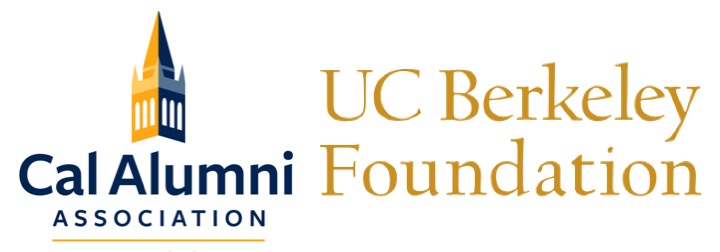
Professor Yaghi has received the 2024 Fiat Lux Faculty Award from the Cal Alumni Association and UC Berkeley Foundation as a part of this year's Achievement Awards. The Fiat Lux Faculty Award is given to a faculty member whose extraordinary contributions go above and beyond the call of duty to advance the university's philanthropic mission and transform its research, teaching, and programs.
Click here to view more, or see the pdf.

The Science for the Future Ernest Solvay Prize by Syensqo has been awarded to Omar Yaghi, the James and Neeltje Tretter Chair Professor of Chemistry, University of California, Berkeley, in recognition of his pioneering work in reticular chemistry, the science of building chemical structures from molecular building blocks. This is a field of chemistry with many promising applications for the future, such as CO2 capture and hydrogen storage, as well as water harvesting and gas purification.
Click here to view more, or see the pdf.

In late summer, Death Valley National Park earns its name. The heat in this region of California and Nevada is relentless. Record temperatures are set, and the air is often bone dry. The 22 August 2022 was no exception, with an average temperature during daytime of 51.6 °C and humidity of just 14% in the location aptly known as Furnace Creek. Despite the heat and aridity, there was a slow but steady drip of water into the collection vial of Omar Yaghi’s device, an assembly of components loosely resembling a telescope. By the end of the day, this system had collected only a few millilitres of water — barely enough for a refreshing sip. But these results nevertheless represent a landmark in the field of atmospheric water harvesting (AWH).
Click here to view more, or see the pdf.

The 2023 Tencent Science WE Summit was held in the Beijing Exhibition Centre featuring eminent scientists introducing scientific breakthroughs and discoveries in physics, material science, agriculture, and life science. Omar Yaghi, the pioneer of "Reticular Chemistry", shared his innovations and practices based on his inventions of metal-organic frameworks (MOFs) in 1995 and covalent organic frameworks (COFs) in 2005. Harvesting water from desert air utilizing these highly porous materials is one such example. This technology is being commercialized and is being utilized to significantly mitigate the water stress in the world.
Click here to view more, watch the video, or see the pdf.

Back in 2014, Omar Yaghi, a chemistry professor at the University of California, noticed something unusual about a new water-absorbing material his lab was developing. Pulling water out of the air is useful for a lot of things (think about the silica beads that come in packaging to keep things dry) but drying out desiccants in order to reuse them generally means heating them to very high temperatures, often around 400°F, which uses a lot of energy. But Yaghi’s material, an atomic-scale lattice work replete with billions of tiny pores, known as a metal-organic framework (MOF), was giving up its water at a much lower temperature, around 113°F, equivalent to that of a tepid cup of coffee. “I immediately thought I could take this into the desert, and at night it extracts the water from the air,” Yaghi says. “During the day when it's hot and sunny I can harvest the drinking water.”
Click here to view more, or see the pdf.

Congratulations to Yaghi Lab alumni Dr. Lei Guo, Dr. Yuzhong Liu, Dr. Woochul Song, Dr. Seungkyu Lee. Dr. Zhe Ji, and Dr. Yingbo Zhao for beginning their independent careers and starting their own laboratories as Assistant Professors. Best wishes for their future endeavors. Check out their websites:
Lei Guo: https://www.myresearch.top/ggroup/
Yuzhong Liu: https://www.liulabscripps.com/
Woochul Song: https://membrane.postech.ac.kr/home
Seungkyu Lee: https://seungkyulee.com/
Zhe Ji: https://www.chem.pku.edu.cn/szll/zzjs/hxswxx1/151496.htm
Yingbo Zhao: https://spst.shanghaitech.edu.cn/spst_en/2021/0824/c2939a71153/page.htm
Click here to view more.
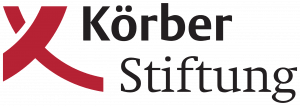
Congratulations to Nikita Hanikel for winning the Top Prize for the 2023 German Thesis Award presented to the best doctoral graduates in Germany from all disciplines. Awarded by the Körber Foundation, the German Thesis Prize honors excellent dissertations that have a particularly high social relevance. As part of his thesis, Nikita is developing MOFs and COFs that can harvest water from desert air. "I am convinced that water extraction from the air can make a decisive contribution to solving the current water crisis," says Hanikel. Nikita was also selected as a winner of the 2023 IUPAC-SOLVAY International Award for Young Chemists.
Click here to view more, or see the pdf.

Developing new materials requires significant time and labor, but some chemists are now hopeful that artificial intelligence (AI) could one day shoulder much of this burden. In a new study in the Journal of the American Chemical Society, a team prompted a popular AI model, ChatGPT, to perform one particularly time-consuming task: searching scientific literature. With that data, they built a second tool, a model to predict experimental results.
Click here to view more, or see the pdf.

If you ever find yourself searching for water in the middle of Death Valley, you're probably in a lot of trouble. But for Zach Zheng and his colleagues Ali Alawadhi, and Woochul Song from U.C. Berkeley, it was just part of the challenge. Lucky, in part, because they didn't arrive empty handed. The team set up an experimental device on the valley floor that is best described as a portable water harvester. It looks something like a small telescope tilted at an angle. But its purpose is to pull water out of the air. In this case, the hottest and driest air they could find for their test.
Click here to view more, or see the pdf.

UC Berkeley researchers have designed an extreme-weather proven, hand-held device that can extract and convert water molecules from the air into drinkable water using only ambient sunlight as its energy source, a study published in Nature Water shows. This atmospheric water harvester used an ultra-porous material known as a metal-organic framework (MOF) to extract water repeatedly in the hottest and driest place in North America, Death Valley National Park. These tests showed the device could provide clean water anywhere, addressing an urgent problem, as climate change exacerbates drought conditions.
Click here to view more, or see the pdf.

Prof. Yaghi was awarded the Wilhelm Exner Medal of Austria in a ceremony in Vienna on May 23rd, 2023 for his direct impact on business and industry worldwide through his pioneering scientific contribution of metal-organic frameworks (MOFs) and covalent organic frameworks (COFs). The Wilhelm Exner Medal has been awarded by the Austrian Trade Association for excellence in research and science since 1921.
Click here to view more, or see the pdf.

University of California, Berkeley, chemists have created a new type of material from millions of identical, interlocking molecules that for the first time allows the synthesis of extensive 2D or 3D structures that are flexible, strong and resilient, like the chainmail armor that protected medieval knights. The material, called an infinite catenane COF, can be synthesized in a single chemical step.
Click here to view more.

Congratulations to Yaghi group members Zach Zheng for receiving the 2023 Kavli Philomathia Graduate Student Fellowship, and Dr. Nikita Hanikel for receiving the 2022 Kavli ENSI Thesis Prize.
Click here to view more.
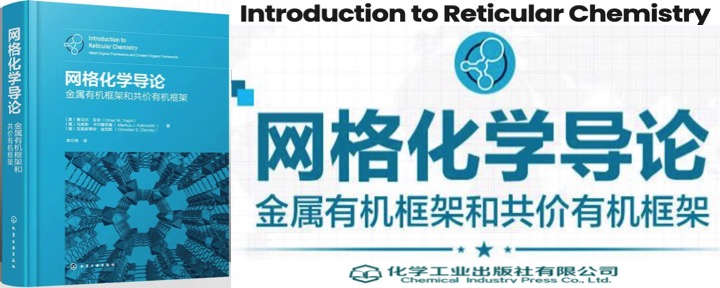
With the effort of Prof. Qiaowei Li from Fudan University Chemistry Department, our textbook, Introduction to Reticular Chemistry: Metal–Organic Frameworks and Covalent Organic Frameworks, has now been translated to Chinese: 网格化学导论:金属有机框架和共价有机框架.
Click here to view more, or see the pdf.

Congratulations to Yaghi group member Dr. Magdalena Heiland for receiving the 2022 Feodor Lynen Research Fellowship from the Alexander von Humboldt Foundation.
Click here to view more, or see the pdf.
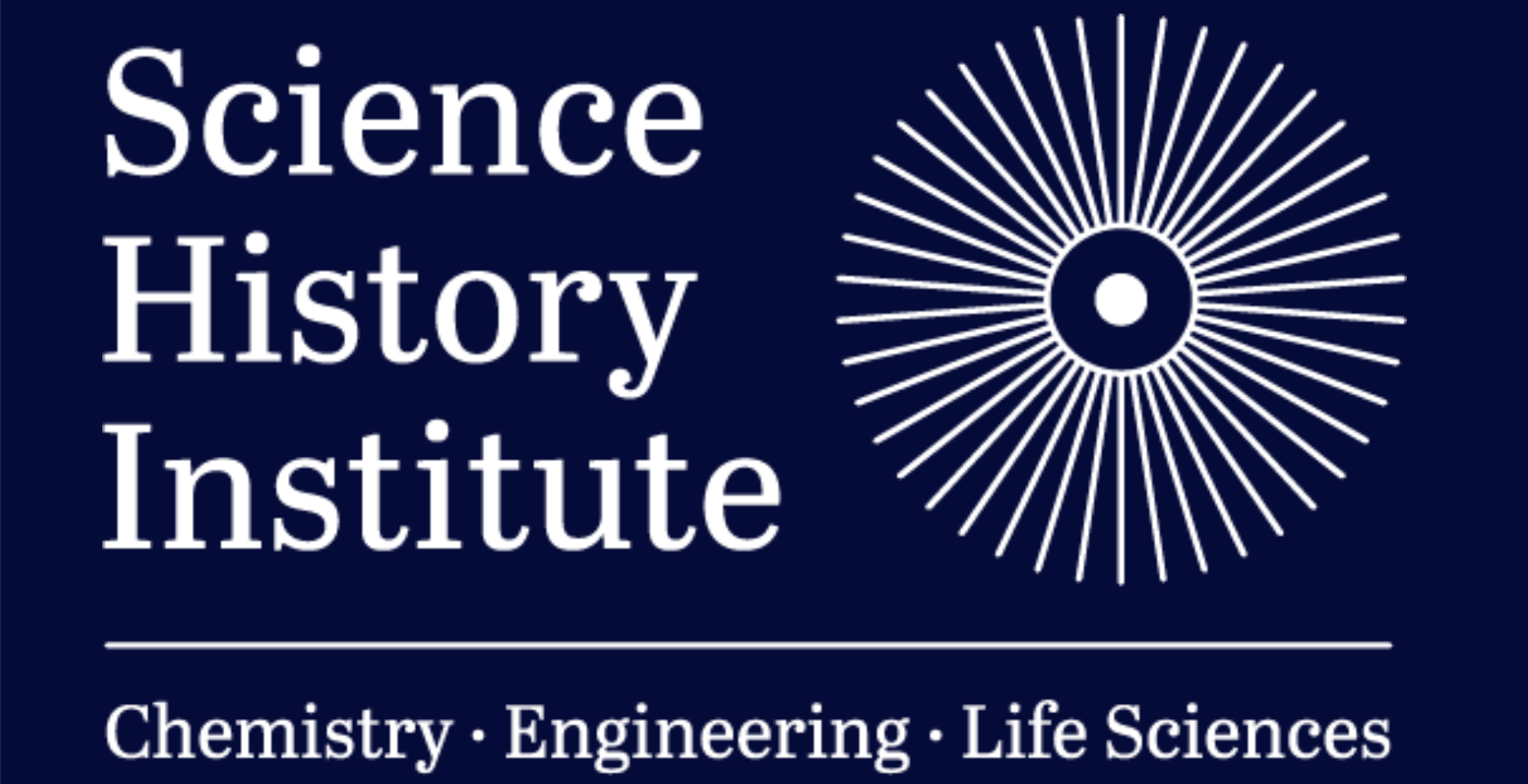
Prof. Yaghi kicked off the new season of Science History Institute's Joseph Priestley Society talk series with a discussion on how metal-organic frameworks can ease water shortages by extracting it from the air. Headquartered in Philadelphia, the Science History Institute is a multifaceted nonprofit organization whose mission is to expand knowledge and challenge perspectives in the history of chemistry, engineering, and the life sciences; to reveal how developments in these fields are embedded in our daily lives; and to catalyze the reimagining of our scientific and technological future.
Click here to view more, or see the pdf.

The Bakar Institute of Digital Materials for the Planet (BIDMaP), a new UC Berkeley institute that will bring together top machine learning and chemistry researchers, aims to develop cost-efficient, easily deployable versions of two classes of ultra porous materials – known as metal-organic frameworks (MOFs) and covalent organic frameworks (COFs) – to help limit and address the impacts of climate change.
Click here to view more, or see the pdf.
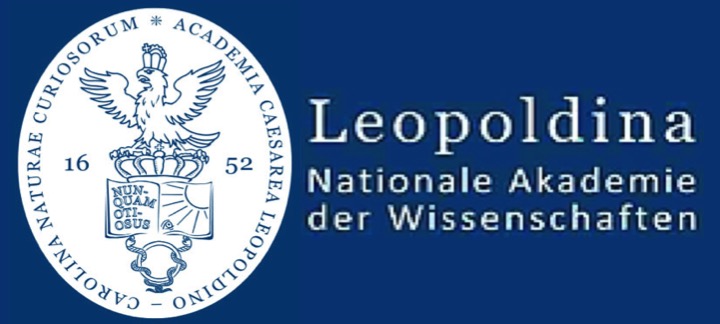
German National Academy of Sciences Leopoldina is the oldest continuously existing scientific academy in the world (founded in 1652), and among the most prestigious. The election to membership of the Leopoldina is the highest academic honour awarded by an institution in Germany, and it is the first and foremost academic society in Germany to advise the German government on all scientific matters.
Click here to view more.
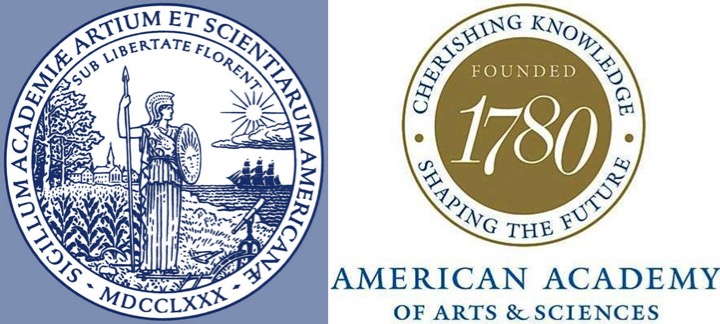
The American Academy of Arts and Sciences (abbreviation: AAA&S) is one of the oldest learned societies in the United States. It was founded in 1780 during the American Revolution by John Adams, John Hancock, James Bowdoin, Andrew Oliver, and other Founding Fathers of the United States. It is headquartered in Cambridge, Massachusetts.
Click here to view more, or see the pdf.

Imagine a small box that can harvest drinking water from the air, even in the Mojave Desert. It’s just one of the new mind-bending technologies aimed at solving the global water crisis, the scale of which demands science fiction-level innovation.
Click here to view more, or see the pdf.

Yaghi Group’s MOF Water Harvester has been on exhibition as a futuristic solution to making a healthier, happier world in the “Futures that Work Hall” at the Smithsonian Institution. Furthermore, in a “Meet Us In the FUTURES: A World for Water” public event at Smithsonian, Prof. Yaghi shared with the audience his journey from growing up in a refugee family in the desert with no electricity or running water to the discovery of MOF technology that can harvest water from desert air.
Click here to view more.

The first VinFuture Special Prize, dedicated to “Innovators with Outstanding Achievements in Emerging Fields”, is awarded to Professor Omar Yaghi for his pioneering work on the discovery and development of metal-organic frameworks (MOFs) and covalent organic frameworks (COFs), which have the potential to improve the everyday lives of millions of people. Prof. Yaghi’s MOF water harvester has the demonstrated potential of providing clean water anywhere at any time of the year and ultimately give people water independence. His pioneering work on carbon dioxide capture and hydrogen storage with MOFs and COFs opened the door for achieving “net zero emissions” in the future.
Click here to view more, see the pdf, watch the ceremony, or visit VinFuture website.

The Indian Academy of Sciences was founded and registered as a society in 1934 with the aim of promoting the progress and upholding the cause of science, in both pure and applied branches. Prof. Yaghi was honored in recognition of his outstanding contributions to science and his long-standing connection with the scientific community in India.
Click here to view more.

Nikita was recognized for his leadership work and achievements in atmospheric moisture capture and reticular chemistry. The discoveries and development of the MOF water harvesting technology will take advancements in health, energy, materials, and the environment to the next level. Blavatnik Innovation Fellowships honor the stellar scholarly work of the students and provide them the flexibility and freedom needed to explore and pursue highly innovative, translational science.
Click here to view more.

Drinking water is becoming increasingly scarce in many regions of the world. That is why researchers and engineers have been working for years on methods to harvest water from desert air.
Click here to view more, or see the pdf.

MOF-303, an ultraporous compound, can extract water molecules from dry desert air, store them as tiny “icicles” and then release them as clean drinking water. The specific mechanism underlying these superior water-extraction abilities has now been explained by Yaghi Goup researchers.
Click here to view more, or see the pdf.

The 14th Gerhard Ertl Lecture Award goes to Professor Yaghi because of his many accomplishments in the fields of reticular chemistry.
Click here to view more, or see the pdf.

Around 90 percent of the western United States is suffering from a drought, more than 60 percent even from an extreme one. From Arizona to California to Oregon, agriculture, wildlife, and vegetation are affected. What to do? The solution could be MOF water harvesting.
Click here to view more, or see the pdf.

New COFs created using a new method by Yaghi Group researchers at the University of California, Berkeley opens the door for organic frameworks with higher connectivity and complexity than ever before. Congratulations to Cornelius, Tianqiong, and Nikita.
Click here to view more, or see the pdf.

Esters are very common in organic chemistry. Ester groups are, for example, used as links in several commonly used polymers, i.e, polyesters such as polyethylene terephthalate (PET). However, preparing ester-linked COFs is challenging because the frameworks need to form orderly, crystalline structures during the esterification reactions.
Click here to view more, or see the pdf.

Layer-by-layer laser slicing of metal–organic frameworks (MOFs) has revealed that different metals in these materials arrange themselves in organised sequences – rather than randomly as researchers had assumed. The team behind the work envisions that materials with multi-metal patterns could encode instructions to carry out series of chemical reactions.
Click here to view more, or see the pdf.
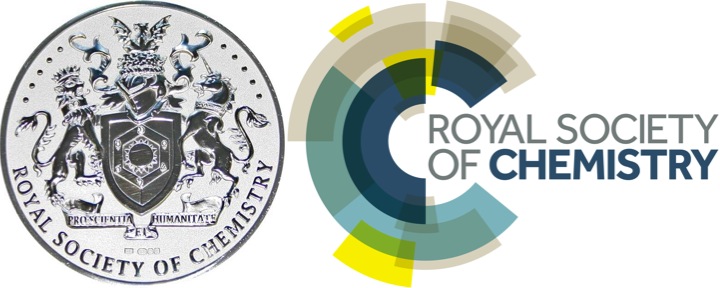
Professor Yaghi is recognized for his impactful development of water harvesting from desert air using metal-organic frameworks.
Click here to view more.

Congratulations to group member Ephraim Neumann for winning the Outstanding Graduate Student Instructor Award, which honors his exceptional work and dedication in the teaching of undergraduates.
Click here to view more.

Scientific advances transform our lives in miraculous ways. For chemist and UC Berkeley professor Omar Yaghi, his pioneering work has already impacted countless lives and will continue shaping the development of mankind for centuries to come.
Click here to view more.
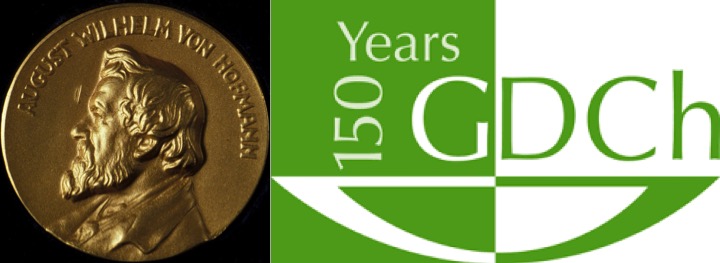
The German Chemical Society presents this prestigious award every two years to an outstanding international chemist in a wide range of fields. Among the oldest chemistry awards, the August-Wilhelm-von-Hofmann-Denkmünze gold medal was first given in 1903. Professor Yaghi has been recognized for his contributions to Reticular Chemistry, which includes metal-organic frameworks (MOFs), covalent organic frameworks (COFs), and molecular weaving.
Click here to view more.
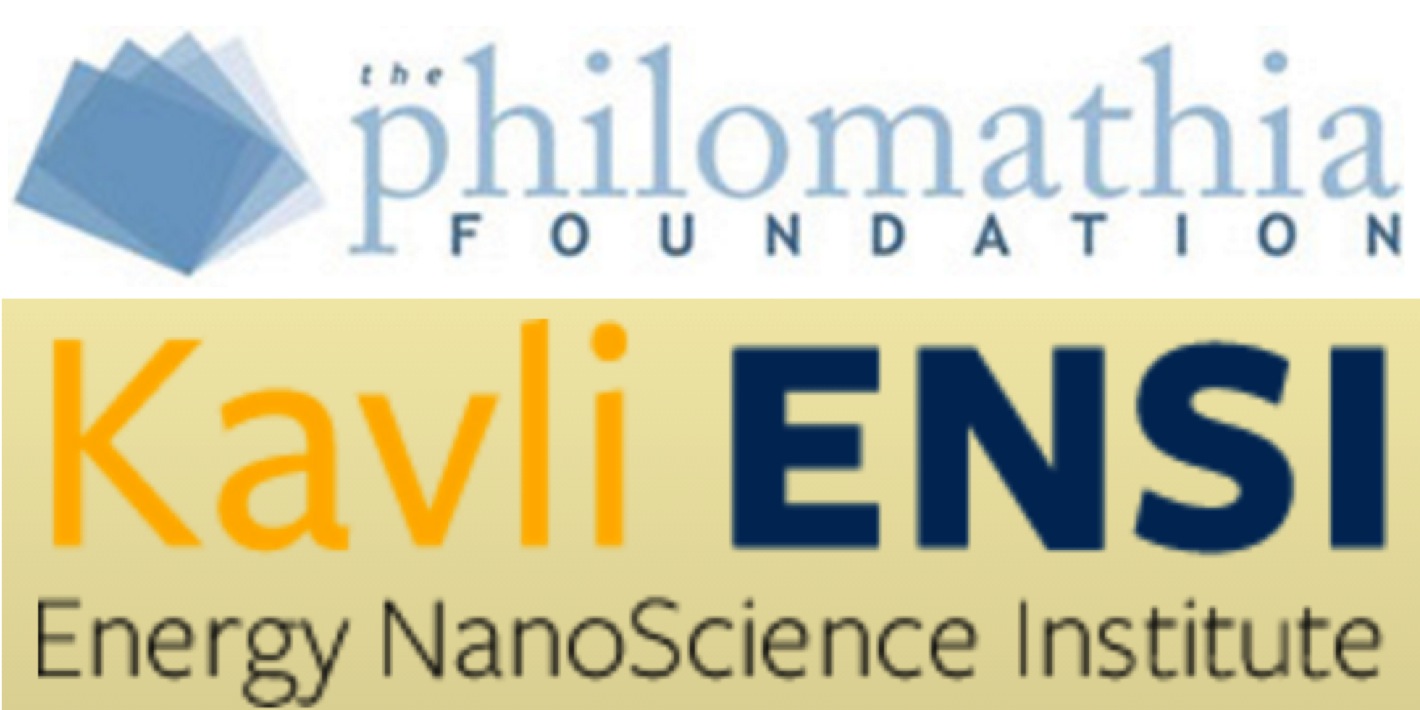
Congratulations to group member Nikita Hanikel and alumnus Dr. Christian Diercks for their recognitions. Nikita receives the 2020-2021 Kavli ENSI Philomathia Graduate Student Fellowship for his research achievement and collaborative effort. Christian receives the Kavli Energy NanoScience Institute 2018-2019 Best Thesis Prize for his outstanding thesis, publication status, strength of supporting letters and relevance of the thesis to the Kavli ENSI mission.
Click here to view more.

Having solved stability problems, chemists think metal-organic frameworks are ready for a commercial ascent.
Click here to view more.

With water scarcity a growing problem worldwide, University of California, Berkeley, researchers are close to producing a microwave-sized water harvester that will allow you to pull all the water you need directly from the air — even in the hot, dry desert.
Click here to view more.


In front of an audience of young scholars and high school students, Prof. Yaghi discussed the breakthroughs of reticular chemistry that have led to the technology of water harvesting from desert air with no electricity.
Learn more: listen to the talk, visit the website, or see the poster.

'MOFs are among the most beautiful compounds ever made' - The reticular chemistry pioneer on why work is his hobby.
Click here to view more.

In a discussion with the Sveriges Radio, Prof. Yaghi explained the fundamentals of reticular chemistry.
Learn more: listen to the radio, or see the pdf.

Yaghi group members have synthesized the first unsubstituted olefin-linked COF with exceptionally high chemical stability.
Click here to view more.
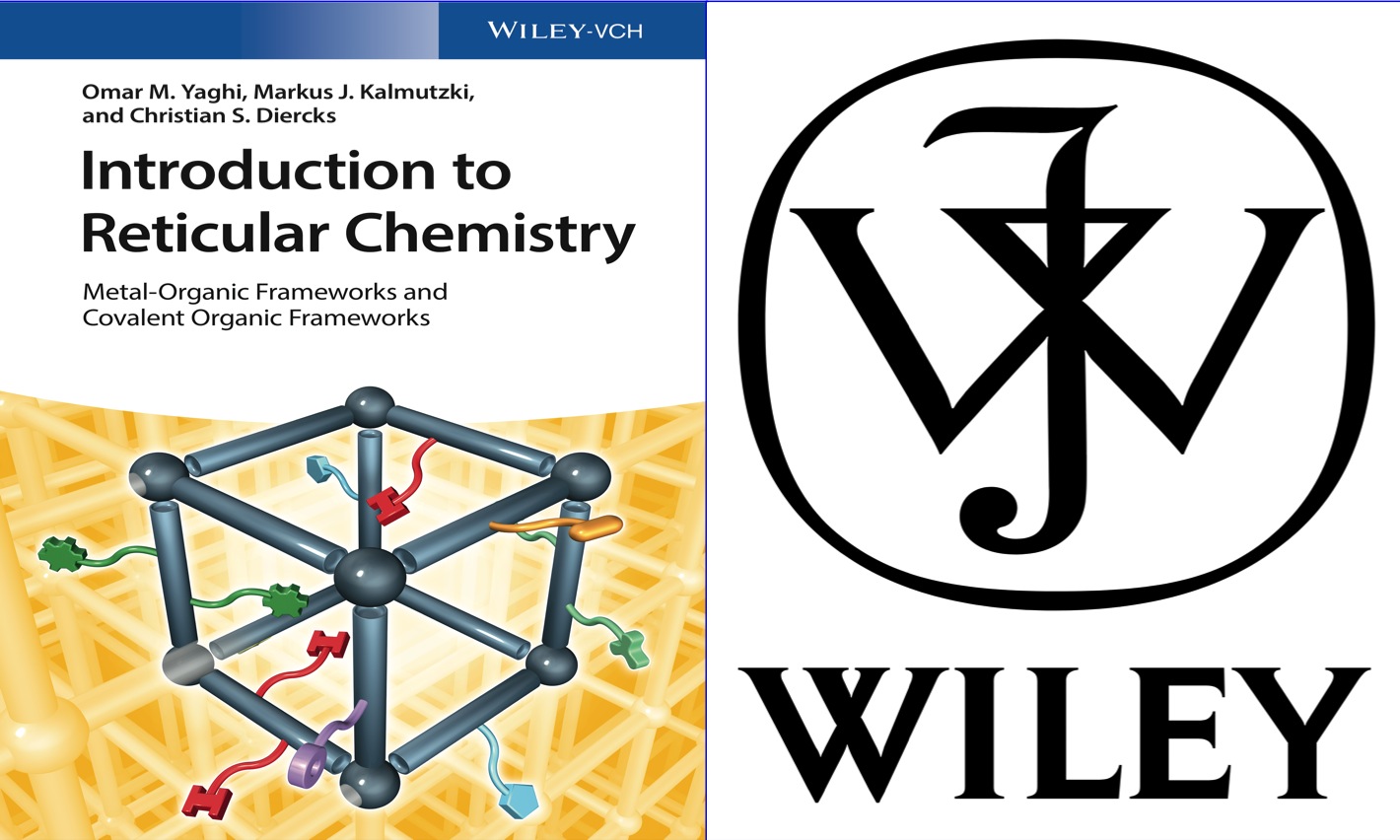
Introduction to Reticular Chemistry gives an unique overview of the principles of the chemistry behind metal-organic frameworks (MOFs), covalent organic frameworks (COFs), and zeolitic imidazolate frameworks (ZIFs). This book covers all important aspects of reticular chemistry, including design and synthesis, properties and characterization, as well as current and future applications. Designed to be an accessible resource, the book is written in an easy-to-understand style. It includes an extensive bibliography and offers figures and videos of crystal structures that are available as an electronic supplement. Aimed at graduate students and new comers, structural chemists, inorganic chemists, organic chemists, catalytic chemists, and others, Introduction to Reticular Chemistry is a groundbreaking textbook that provides a fundamental understanding of this emerging field.
Click here to access the book online, read the sample chapter 1, or see more details.

The National Academy of Sciences (NAS) of the United States of America, founded in 1863 as a result of an Act of Congress that was approved by Abraham Lincoln, is a non-profit, non-governmental organization. Members are elected to the National Academy of Sciences in recognition of their distinguished and continuing achievements in original research.
Click here to view more.

The Royal Swedish Academy of Sciences awarded the 2019 Gregori Aminoff Prize in Crystallography to Profs. Yaghi and O’Keeffe “for their fundamental contributions to the development of reticular chemistry”. This honor was personally awarded by His Majesty King Carl XVI Gustaf of Sweden. Photo Credit: Markus Marcetic and the Royal Swedish Academy of Sciences.
Click here to view the photos.
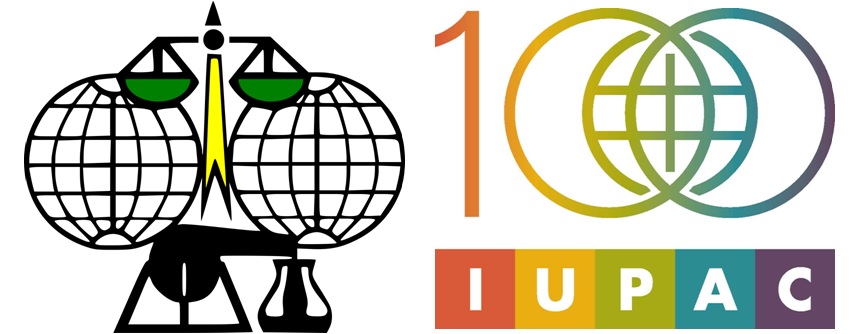
The International Union of Pure and Applied Chemistry (IUPAC) has released the results of its first search for the Top Ten Emerging Technologies in Chemistry. Initiated by the Chemistry International as a special activity in honor of IUPAC’s 100th anniversary this year, the committee selected Berkeley's MOF water harvesting innovation as one of the ten chemical innovations that will change our world.
Click here to view more, or visit the website.

Scientists have used neutron scattering to identify the secret to a metal-organic framework's (MOF) ability to efficiently convert chemicals, through a process called catalysis, into new substances.
Click here to view more, or visit the website.

The biological and medical applications of MOFs are developing quickly, and they are ideally suited for having a well-defined molecular interface between the synthetic and the living worlds.
Click here to view more, or visit the website.

Professor Omar M. Yaghi was selected for the award in recognition of his significant contributions to the development of reticular chemistry.
Click here to view more.

His Highness Sheikh Mohammed bin Rashid Al Maktoum, Vice President and Prime Minister of the United Arab Emirates, and Ruler of Dubai, honored Prof. Yaghi with the "Mohammed Bin Rashid Medal for Scientific Excellence". This medal represents the highest national scientific honor.
Click here to view more.

Berkeley Professor of Chemistry Omar Yaghi talks with Kathryn of New Zealand's public broadcaster RNZ about solving some of the world's most challenging problems through the construction of metal-organic frameworks - or MOFs.
Learn more: visit the website.
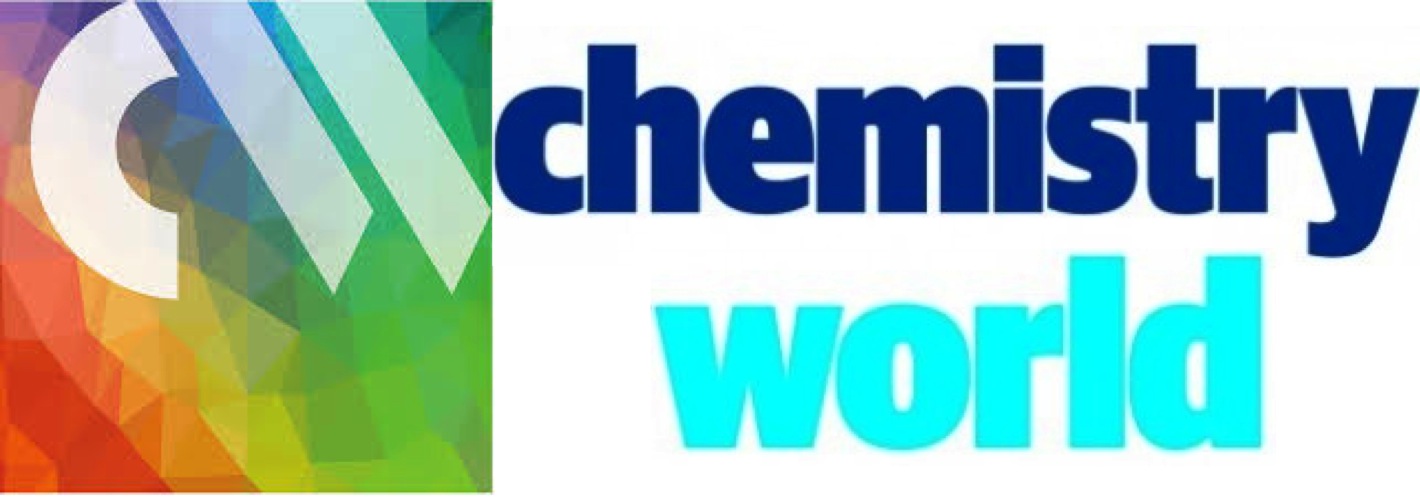
Researchers have pinpointed the strong acid site of a sulfated-zirconium MOF catalyst by identifying a specific molecular decoration within its structure. The work could aid studies into solid acid-catalysed reaction mechanisms as well as the development of next-generation solid acid catalysts for many industrial applications.
Click here to view more.

Metal-organic frameworks are compounds that are set to solve some tough challenges: producing water in the desert, removing greenhouse gases from the air and storing dangerous gases more safely.
Learn more: visit Scientific American or view the pdf; visit California Magazine or view the pdf.

MOF suit shields anaerobic bacteria from oxygen in unique CO2 fixation system.
Learn more: visit the website or view the pdf.
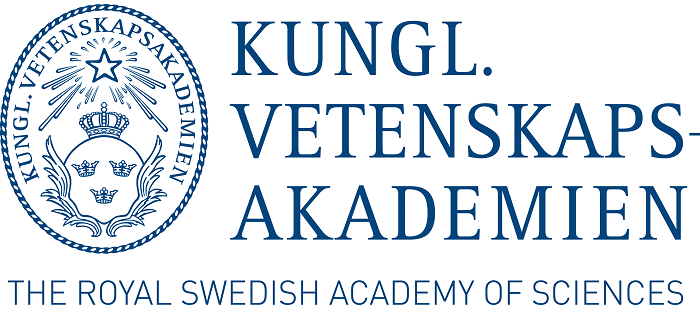
The Royal Swedish Academy of Sciences has decided to award the 2019 Gregori Aminoff Prize in Crystallography to Profs. Omar M. Yaghi and Michael O’Keeffe “for their fundamental contributions to the development of reticular chemistry”.
Learn more: visit the website or see Berkeley press release.
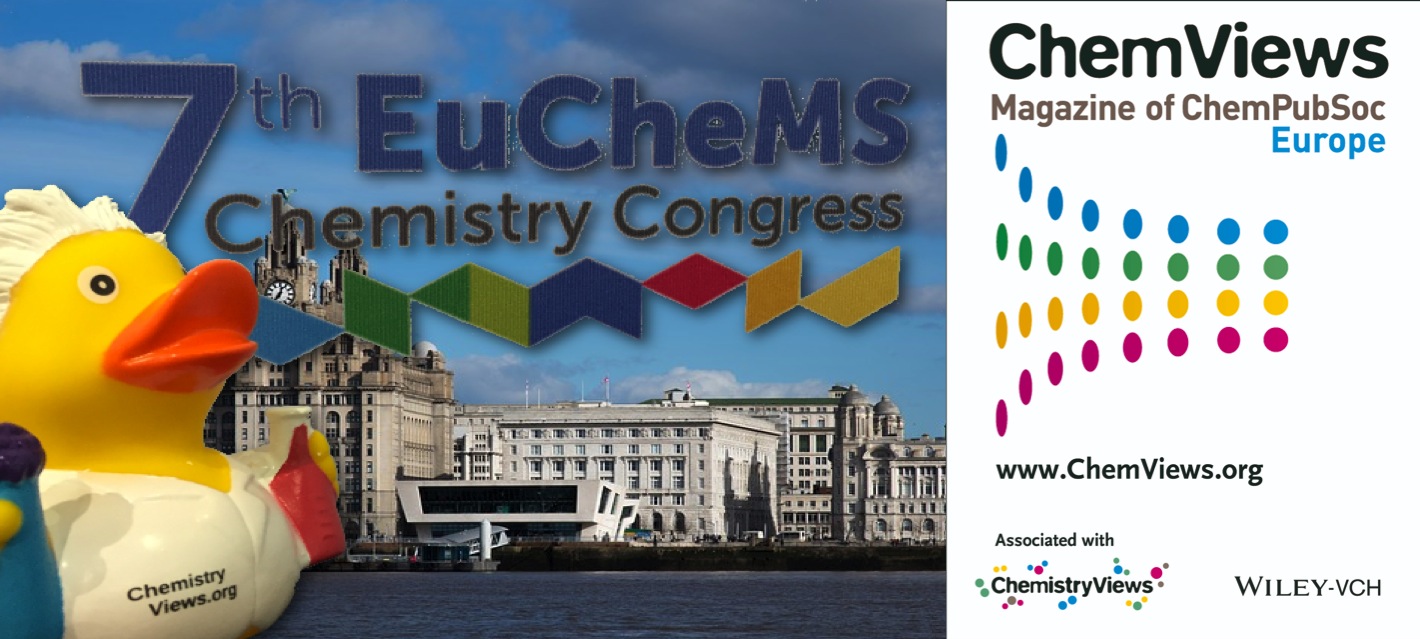
Prof. Yaghi's plenary lecture at the 7th European Chemistry Congress has been featured as one of the major highlights by ChemViews Magazine.
Learn more: visit the website or view the pdf.

Our work on water harvesting from desert air with MOFs is among the inspirations behind a large collaborative artistic project to be showcased at locations around the world starting from Paris to attract experts, artist and visitors to generate awareness towards water scarcity and protection. The “DROPLET” project, a pavilion in the shape of a drop of water defined by a mist envelope, treats water as the creative and poetic medium of the psyche as the anchoring mirror of the unconscious. A quote by Prof. Yaghi is engraved around the base of the outer plinth. Previously, an artistic rendering of Yaghi group’s ZIF-100 was featured as the central display sculpture of the CO2morrow Project at the Royal Academy of Art in London and subsequently at the Seaton Delaval Hall of National Trust, United Kingdom. The sculpture is not just an inanimate object; it also translates atmospheric data values into a visual representation. Metal-organic frameworks also inspired the plenary hall design for the 2017 World Science Forum as a true symbol of Science for Peace because of their promise in addressing a breathtaking range of global issues. MOF-200 stood out because of its beautiful hexagonal geometry with twisting organic linkers that connect to octahedral metallic nodes, creating a structural lattice of intriguing complexity and surprising gracefulness.
Learn more: view Photos, visit DROPLET, view DROPLET Video 1, Video 2, Video 3, view CO2morrow, or view World Science Forum.
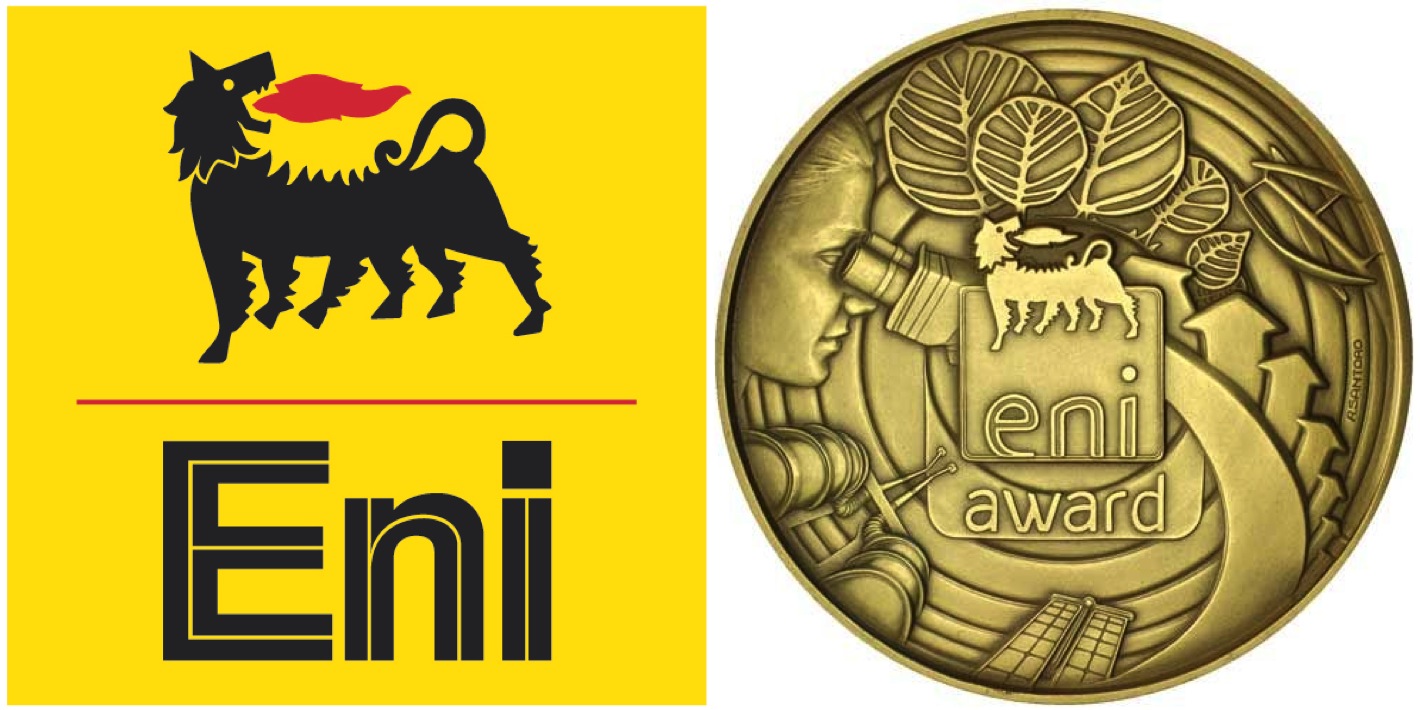
The Eni Energy Transition Award, one of the three main awards, is awarded for exceptional innovation in the hydrocarbon sector towards the decarbonization of the energy system. Yaghi is known for the discovery and development of metal-organic frameworks (MOFs) and covalent organic frameworks (COFs). He has demonstrated their use in ultra-high methane storage, selective separation and storage of CO2 from combustion gases, and harvesting water from desert air which is considered a groundbreaking application.
Click here to view more or see award ceremony.

Sponsored by the Swiss Society of Crystallography and Swiss Academy of Science, Prof. Yaghi delivered 7 lectures around Switzerland to introduce the beauty of Reticular Chemistry.
Click here to view more.
.png)
In a breakthrough study published in Science, the groups of Professors Yaghi, Wang, and Sun reported a general strategy to grow high quality large single crystals of covalent organic frameworks (COFs). These are the largest COF single crystals ever grown and analyzed, and the team was able to deduce previously unknown structural details with atomic precision via single-crystal X-ray diffraction for the first time.
Click here to view more.

Yaghi together with Evelyn Wang have been awarded the Prince Sultan Bin Abdulaziz International Prize for Water (PSIPW) for inventing innovative MOF water harvester to capture water from the atmosphere using natural sunlight. PSIPW is a leading, global scientific award focusing on cutting-edge innovation in water research. It gives recognition to scientists, researchers and inventors around the world for pioneering work that addresses the problem of water scarcity in creative and effective ways. The Awards Ceremony will be held at the United Nations Headquarters in New York, NY.
Click here to view more, or see award ceremony.

Last October, a UC Berkeley team headed down to the Arizona desert, plopped their newest prototype water harvester into the backyard of a tract home and started sucking water out of the air without any power other than sunlight. The successful field test of their larger, next-generation harvester proved what the team had predicted earlier in 2017: that the water harvester can extract drinkable water every day/night cycle at very low humidity and at low cost, making it ideal for people living in arid, water-starved areas of the world.
Learn more: visit the Berkeley News website or view the Smithsonian story.

Sophia Steffens, first year PhD student in the Yaghi research group, has been selected to receive the 2018 National Science Foundation (NSF) Graduate Research Fellowship Program (GRFP) Fellowship. Yuzhong Liu, fifth year PhD student, received the 2018 Outstanding Graduate Student Instructor Award. Congratulations to both!
Click here to view more.
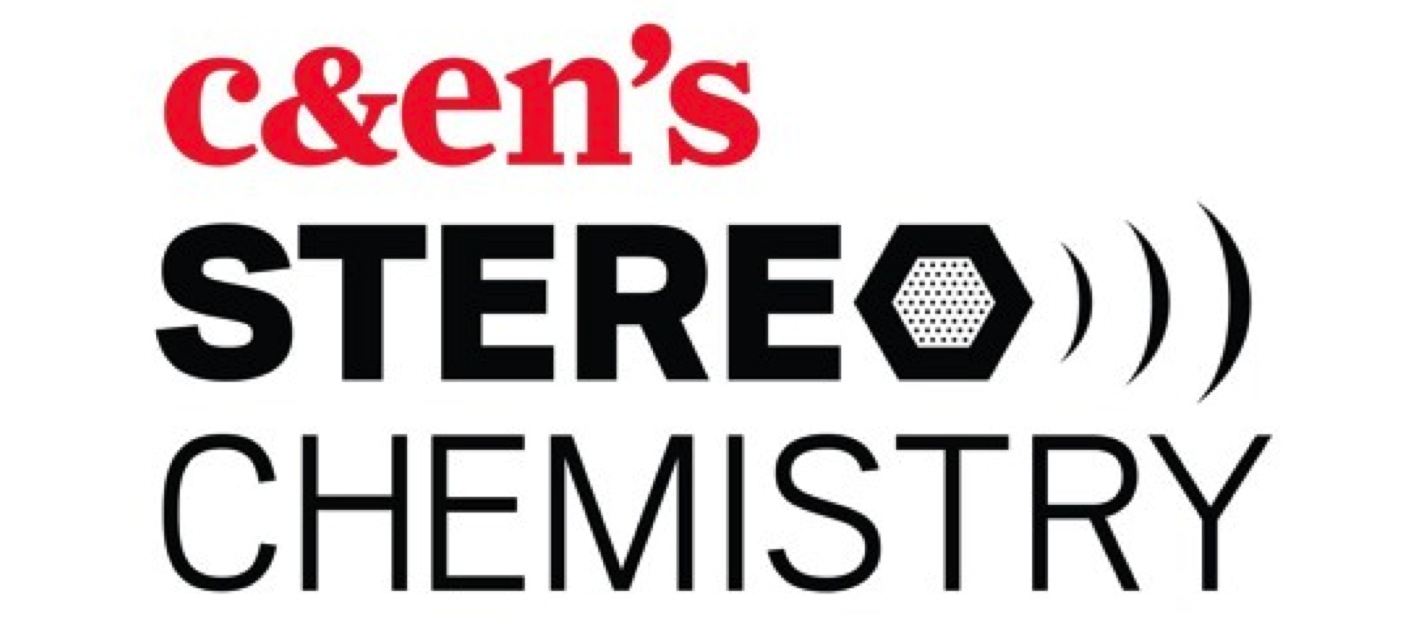
Feast your ears on the first episode of C&EN's new podcast, Stereo Chemistry. Hear from some of the leaders in the field of metal-organic frameworks as we learn the stories of MOFs.
Learn more: listen to the radio, see the pdf transcript, or visit the C&EN website.
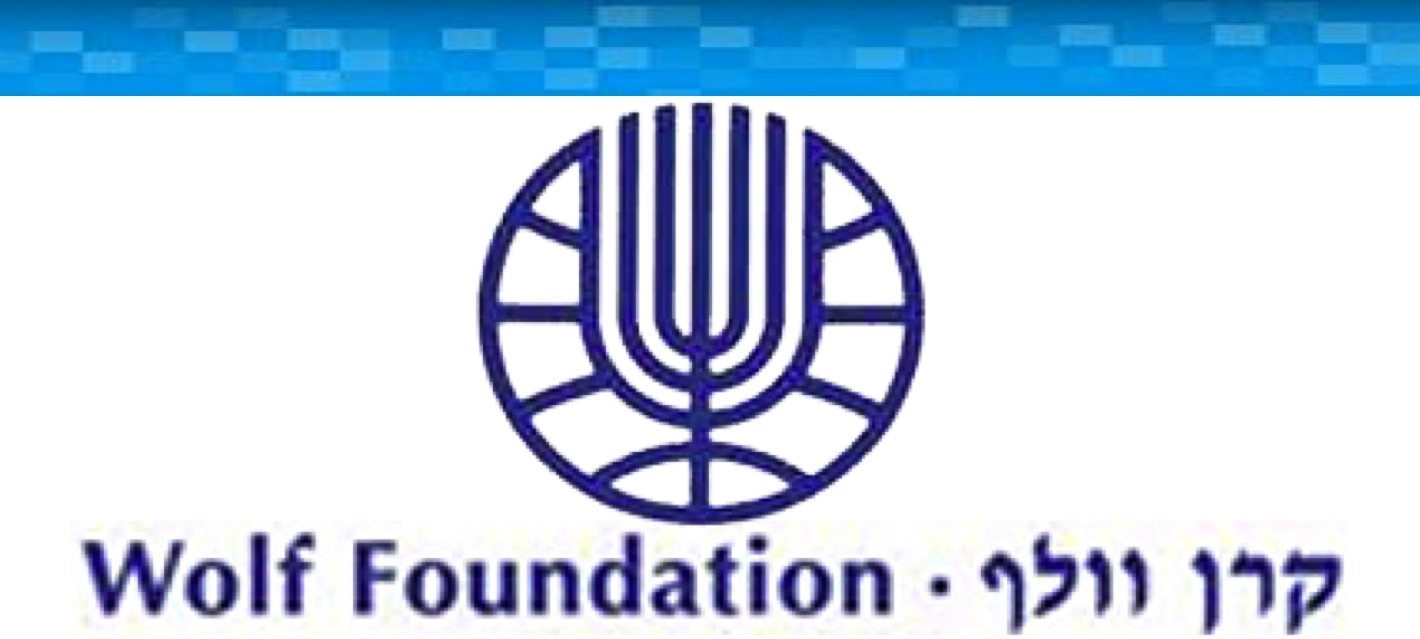
The 2018 Wolf Prize in Chemistry was awarded to Prof. Omar M. Yaghi for pioneering reticular chemistry via metal-organic frameworks (MOFs) and covalent organic frameworks (COFs).
Click here to view more, or read the conference report.

The BBVA Foundation Frontiers of Knowledge Award in the Basic Sciences category goes, in this tenth edition, to chemist Omar Yaghi, “for his pioneering work in the conception and synthesis of new crystalline materials, MOFs and COFs, of major impact in science and engineering,” with potential applications that extend to “the capture and storage of carbon dioxide (CO2) and trapping water molecules in air to produce water for drinking.”
Learn more: visit the website, view the pdf; see award ceremony or view the video.

Chemists were not yet skilled at making organic structures that extended “infinitely” in space, noted Nobel laureate Roald Hoffmann in 1993. But that situation changed in 2005 when Omar M. Yaghi and his colleagues synthesized porous, crystalline Covalent Organic Frameworks, expanding Organic Chemistry into the 2D and 3D regimes.
Click here to view more.
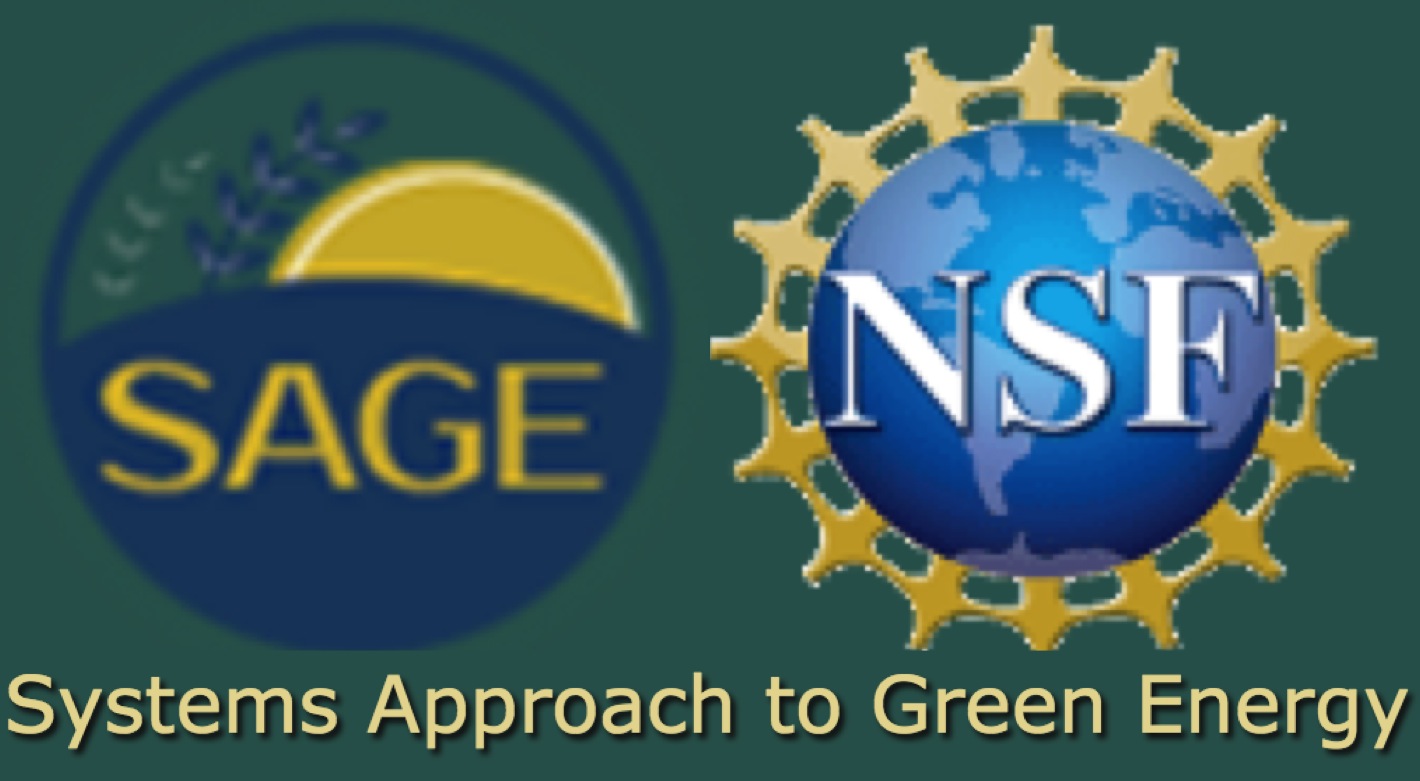
Congratulations to both Yaghi Group members for receiving this interdisciplinary award. The goal of this NSF fellowship is to prepare the next generation of scientists, policy-makers, and business leaders to shape the country's green chemistry and clean energy economy. Previous winners also include group member Peter Waller.
Learn more: view the pdf or visit the website.
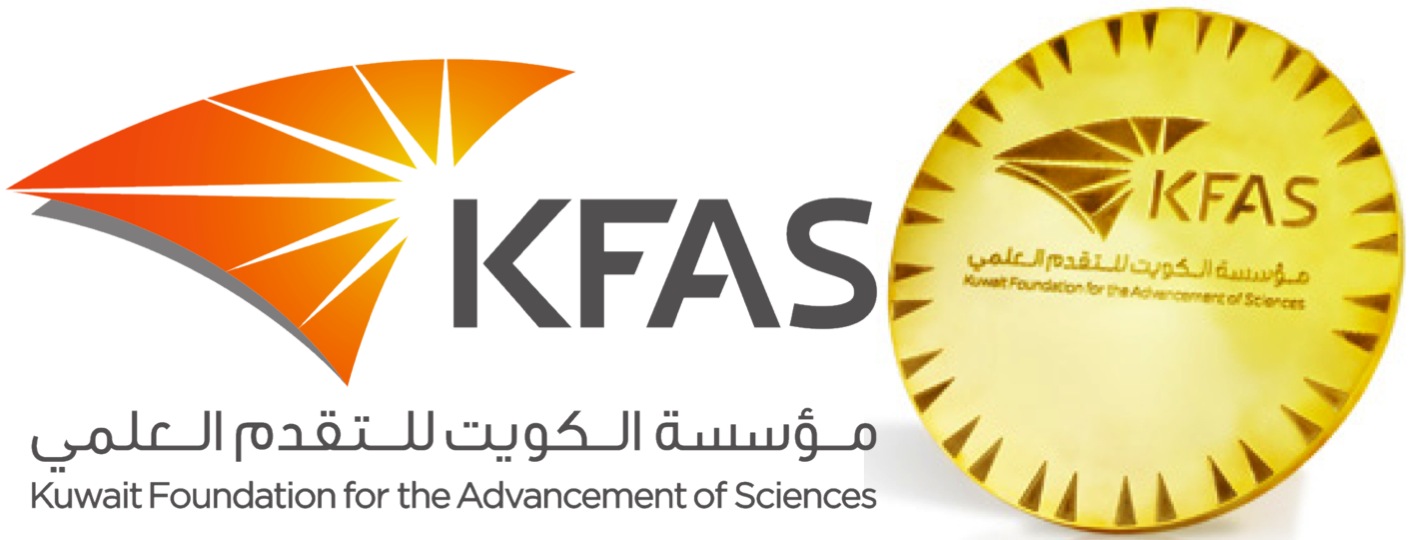
Kuwait Foundation for the Advancement of Sciences recognized Yaghi's pioneering contributions to the field of Reticular Chemistry, where new framework materials are formed through molecular building blocks held together through strong bonds.
Click here to view more.

Berkeley Global Science Institute (BGSI) helps to grow a culture of basic sciences and to promote fundamental research globally.
Learn more: visit the website or view the pdf.
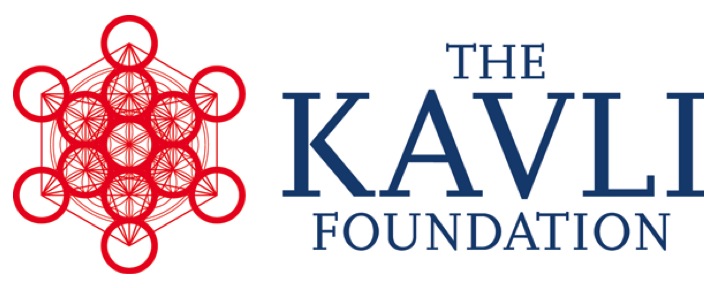
By harnessing the power of nanomaterials, three innovators have developed ways to harvest water from the air and make seawater fit to drink.
Learn more: visit the website or view the pdf.

In an event hosted by the 2017 World Conference of Science Journalists, Prof. Yaghi showcased the beauty, functions, and the unlimited potential of this revolutionary new material.
Click here to view more.
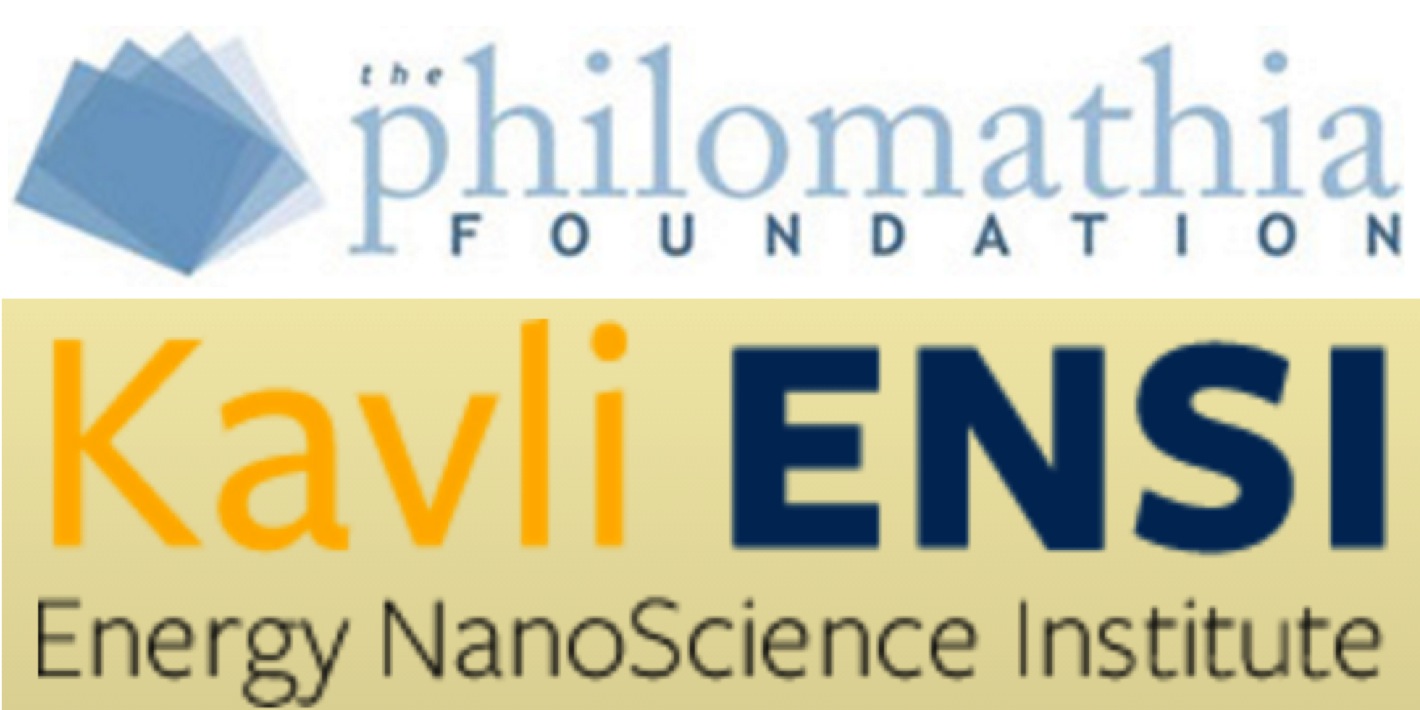
Congratulations to Yaghi group members Dr. Yingbo Zhao, Yuzhong Liu, and Christian Diercks for receiving 2017 awards and recognitions.
Click here to view more.

Professor Yaghi has received this award for his pioneering research in Reticular Chemistry and the development of porous crystalline Metal-Organic Frameworks (MOFs) and Covalent Organic Frameworks (COFs).
Click here to view more.

A modern day transformation with extraordinary social implications: Water from air, an alchemy delivering liquid gold to everyone.
Learn more: listen to the radio, or visit the World Ocean Observatory website.
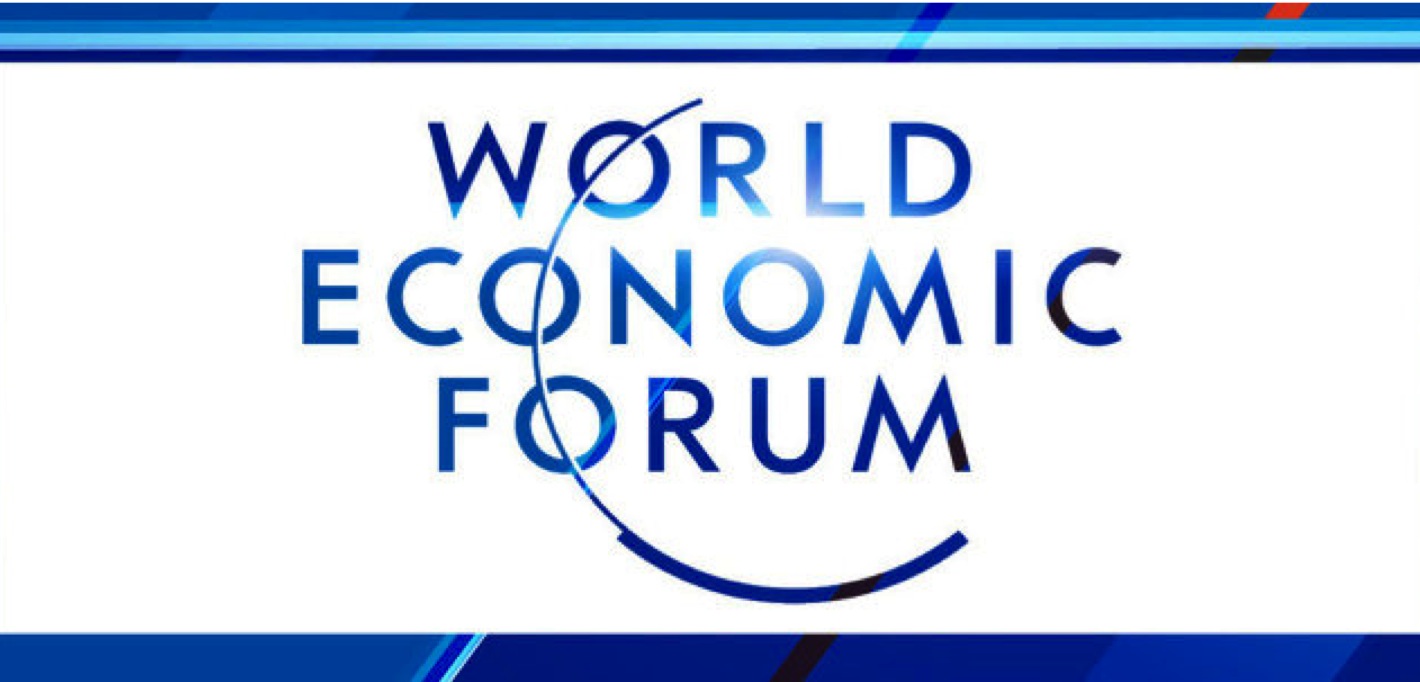
The technologies were selected by the World Economic Forum’s Expert Network and Global Future Councils in collaboration with Scientific American. Each technology was chosen for its potential to improve lives, transform industries and safeguard the planet.
Learn more: visit World Economic Forum, visit Scientific American, or view the pdf.

The prize is awarded for Prof. Yaghi's ground-breaking scientific contributions in making materials by stitching organic and inorganic units through strong bonds into robust, porous crystalline metal-organic frameworks (MOFs) and covalent organic frameworks (COFs), and for establishing a new field of chemistry – Reticular Chemistry. The winner of the award is elected by the Interdisciplinary Committee, which is composed of world renowned scientists, among them 25 Nobel laureates.
Learn more: visit the website or view the pdf, visit C&EN, view C&EN pdf, or view the Award Ceremony.

The Monarch bestowed the King Abdullah II Order of Distinction of the First Class to Professor Yaghi, the highest honor to a civilian in the Hashemite Kingdom of Jordan, in appreciation of his exceptional efforts and leadership in scientific research, education, and chemistry.
Click here to view more.

Guided by the belief that every life has equal value, the Bill & Melinda Gates Foundation works to help all people lead healthy, productive lives, and give them the chance to lift themselves out of hunger and extreme poverty. Its mission aligns with the beliefs of the Berkeley Global Science Institute as we aim to create centers of research in foundational sciences to address global problems and build a culture of science, and most of all to give everyone a chance to improve in life.
Learn more: visit Bill Gates' Twitter or view the pdf.
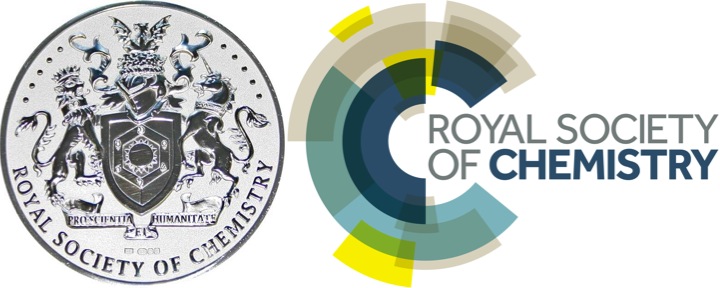
Professor Omar M. Yaghi was awarded the 2017 RSC Spiers Award for pioneering the conceptual and experimental basis of crystalline metal-organic frameworks and covalent organic frameworks with exceptional porosity and applications.
Learn more: visit the website or view the pdf.

Metal–organic frameworks: a holey material that promises to solve fuel storage problems and store chemical information.
Learn more: visit the website or view the pdf.

The collaborative research between UC Berkeley and MIT using MOF-801 to harvest fresh water from dry air with only ambient sunlight has received worldwide media coverage, including: Berkeley News, LBL News, MIT Technology Review, Forbes, NPR, The Washington Post, Newsweek, Cosmos, BBC News, Fortune, The Times, Optics & Photonics, IEEE Spectrum, The Japan Times, Irish Independent, The Indian Tribune, The Sydney Morning Herald, Nature Middle East, Physics World, CNN, Asia Pacific Daily, New York Post, Discover, Thomson Reuters, Nature, C&EN, Chemistry World, The Weather Network, Global Times, The Telegraph, International Business Times, New Zealand Herald, Tech Times, Business Standard, Nature World News, Singularity Hub, Market Business News, Water Desalination Report, inChemistry, CNN Money, Oracle Profit Magazine, World Economic Forum, Science Update, The Engineer, National Geographic, Curiosity, PBS, Catalyst, Physics Today, The Guardian, The Wall Street Journal.

Wringing water from the desert sky is now possible, thanks to a new sponge-like device that uses sunlight to suck water vapor from air, even in low humidity.
Learn more: visit the website or view the pdf.
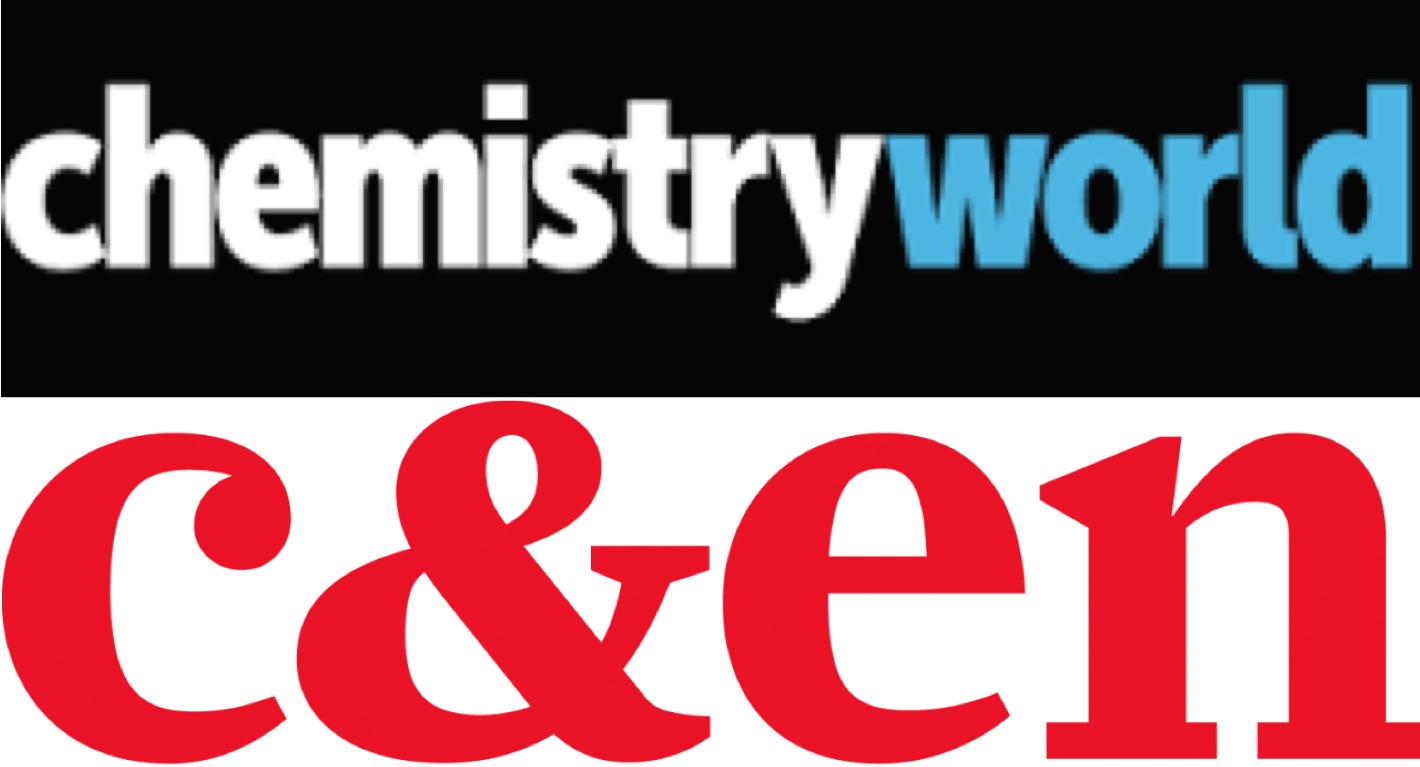
Metal–organic frameworks are coming of age, and their numbers have been mushrooming at an unprecedented rate since US chemist Omar Yaghi uncovered their potential nearly 20 years ago. And the year 2016 saw MOF applications dip their toes into the open market for the first time, with a handful of different products hitting the shelves.
Learn more: visit Chemistry World, visit C&EN or view the pdf.
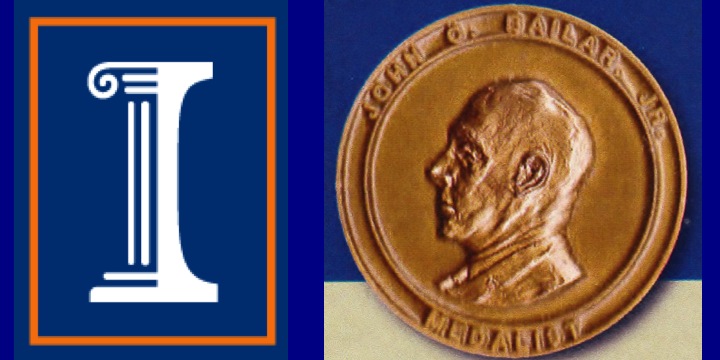
Prof. Yaghi has been awarded the 2017 John C. Bailar Medal by the University of Illinois in recognition of his pioneering research in the chemistry of Metal-Organic Frameworks.
Click here to view more.

This award by the China Scholarship Council honors the academic excellence and outstanding performance of self-financed Chinese students studying overseas.
Click here to view more.

Berkeley chemistry professor Omar M. Yaghi and grad student Christian Diercks have paid homage to a critical G.N. Lewis paper a century after its publication. Writing in the March 3 issue of Science magazine, the authors extend Lewis’s 1916 analysis in “The Atom and the Molecule” to Covalent Organic Framework.
Learn more: visit the website or view the pdf.
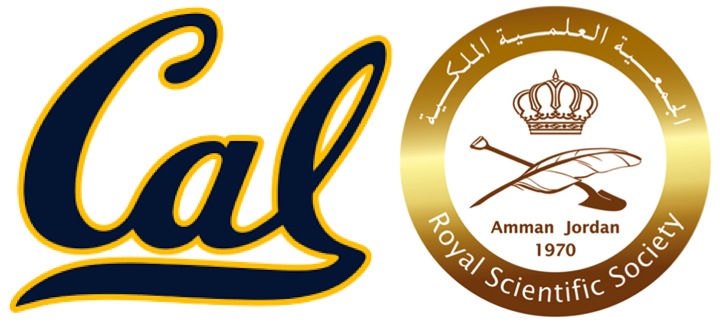
Jordanian princess, a science advocate, was awarded the Chancellor’s Citation. Collaborative plans for building a Reticular Foundry were shaping up to serve as a hub of scientific research attracting top talent from throughout Jordan and the Middle East region.
Learn more: visit the website or view the pdf.

Inside the Turkish presidential palace where the award ceremony was held, professor Omar Yaghi was awarded the Turkish Academy of Sciences Prize, and discussed about Metal-Organic Frameworks as well as global science efforts.
Click here to read more.

Nature uses complex molecules to perform miraculous feats, such as turning sunlight into sugars. A new class of extremely porous crystals is making that kind of complexity accessible to humans.
Learn more: visit the website or view the pdf.
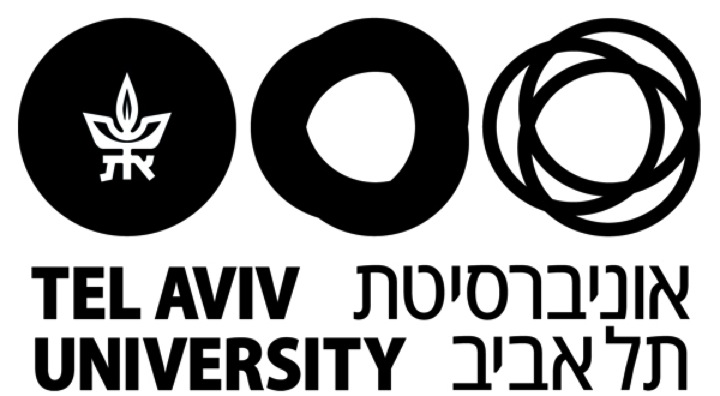
Prof. Yaghi introduced Reticular Chemistry in the context of atoms, molecules, and frameworks.
Click here to read more.
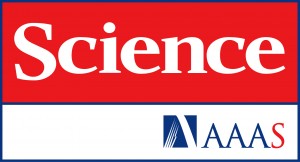
One difficulty in using very strong linkages to create more robust materials is that the process of crystallization must allow for error correction, so the linkages must be weak enough to be reversible. However, Waller and Lyle et al. bypassed this problem by converting the linkages directly in the frameworks.
Click here to read more.
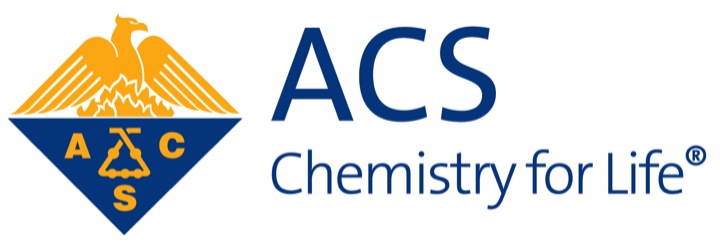
Reticular Chemistry — Construction, Properties, and Precision Reactions of Frameworks
Learn more: visit the website or view the pdf.
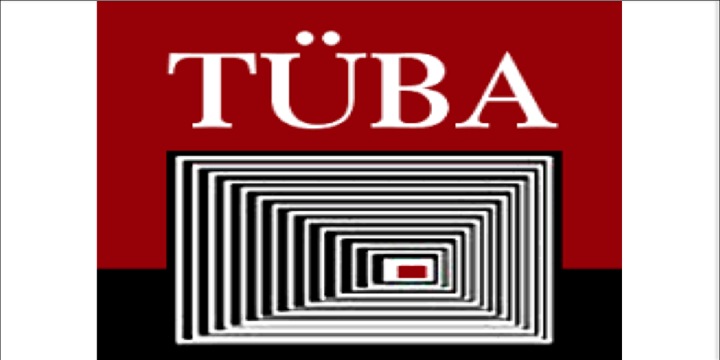
Omar M. Yaghi, the James and Neeltje Tretter Chair Professor of Chemistry at the University of California at Berkeley, is the recipient of the 2016 Academy Prize in the category of Basic and Engineering Sciences in recognition of his works in metal-organic frameworks (MOFs).
Click here to read more.
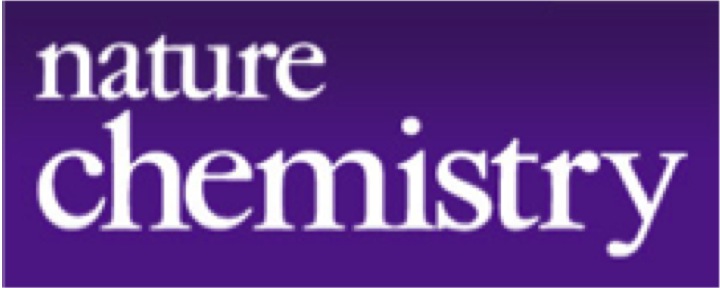
Taking chemical technology from the bench to the consumer is a formidable challenge, but it is how research can ultimately benefit wider society. Companies are now beginning to incorporate metal–organic frameworks into commercial products, heralding a new era for the field.
Click here to read more.
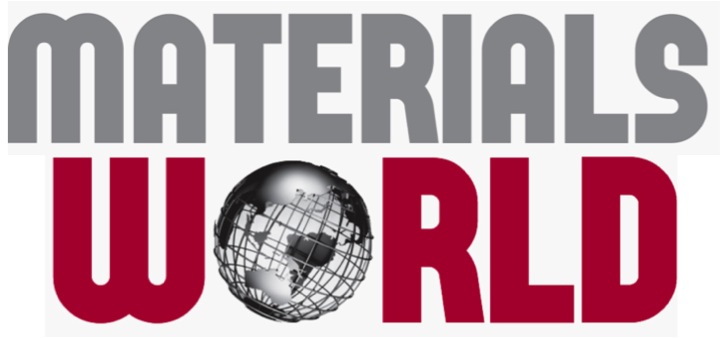
Material of the month issue highlights MOFs as a class of cage-like porous materials that hold promise for some of the most hotly sought applications in science.
Learn more: visit the website or view the pdf.

Covalently linking compounds to a chiral MOF steadies them for structural studies via X-ray diffraction.
Click here to read more.

Inspired by the active site of tobacco virus, a MOF with Cys-His-Asp chain was designed as synthetic endopeptidase.
Click here to read more.

Metal-organic frameworks can be used to combat climate change both as a short-term solution for capturing and converting CO2 and as a long-term solution for hydrogen production and storage.
Click here to read more.
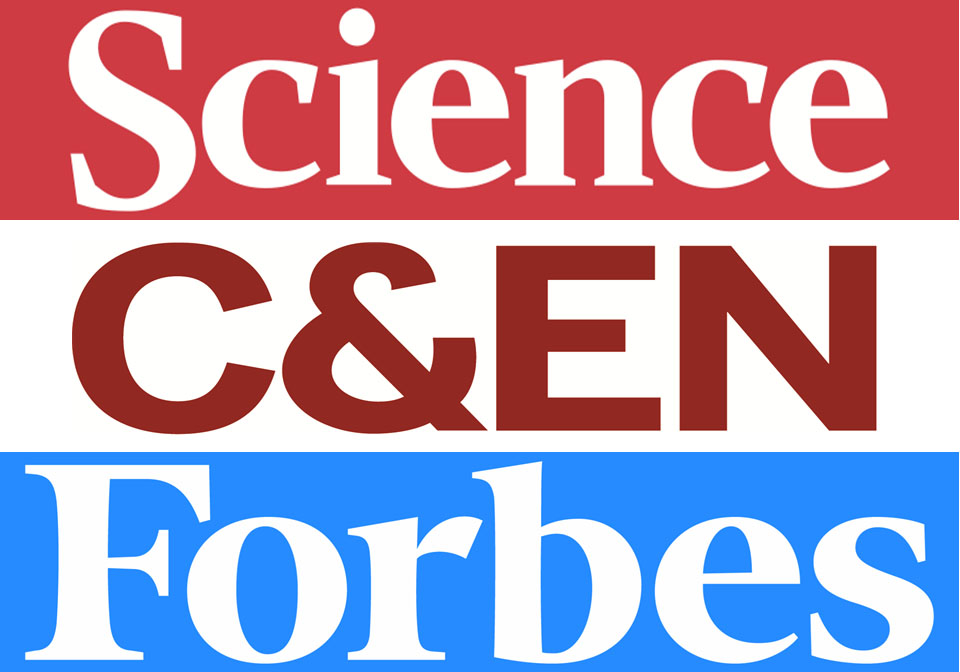
The formation of materials from interlaced threads has long been sought after, however, synthetic chemists had not previously found a way to interlace chains in a controlled manner, until now.
Click here to read more.

Professor Omar Yaghi has been selected for his extensive research in the field of metal-organic frameworks (MOFs) in the category of nanoscience and nanotechnology.
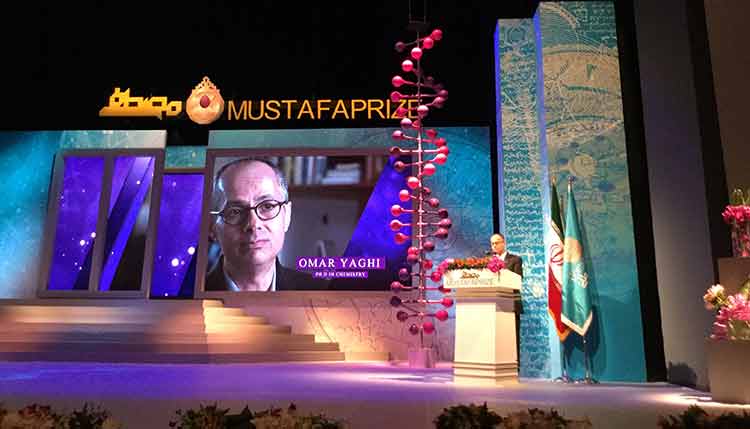 |

Peter Waller, second year PhD student in the research group of chemistry professor Omar Yaghi, has been selected to receive a NSF Systems Approach to Green Energy, IGERT fellowship.
Click here to visit Systems Approach to Green Energy website.
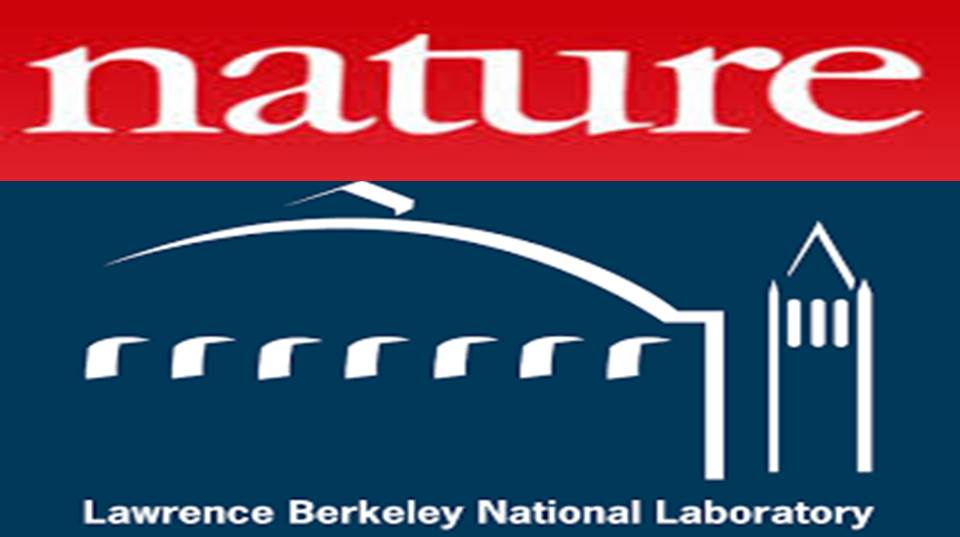
An international collaboration of scientists led by Omar Yaghi, a renowned chemist with the Lawrence Berkeley National Laboratory (Berkeley Lab), has developed a technique they dubbed "gas adsorption crystallography" that provides a new way to study the process by which metal-organic frameworks (MOFs) - 3D crystals with extraordinarily large internal surface areas - are able to store immense volumes of gases such a carbon dioxide, hydrogen and methane.
Click here to read more.
Click here to view a pdf of this article.
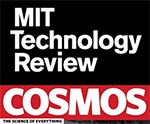
Although progress has been made in limiting carbon emissions in some countries, it's clear that finding ways to capture carbon dioxide from smokestacks is becoming increasingly imperative. Available systems dramatically increase the cost of electricity from plants equipped with the technology. And what to do with all that carbon dioxide after it's separated remains problematic....
Click here to view a pdf of these articles.

Plants are great at pulling carbon dioxide out of the air. But they are slow, and researchers would love to speed up the removal of carbon dioxide (CO2) from the atmosphere. Today, researchers in California report that they've taken the first step to doing just that, by developing a porous material that converts CO2 into carbon monoxide (CO) and oxygen...
Click here to view a pdf of these articles.

At the American Chemical Society Meeting in Boston: Berkeley Lab's Omar Yaghi Discusses Capturing Carbon in the Presence of Water with MOFs and COFs.
Click here to read more.

Alexander Schoedel, postdoc in the research group of chemistry professor Omar Yaghi, has been selected as one of the finalists for 2015 Reaxys PhD Prize. This year the Reaxys PhD Prize Symposium will be held in Hong Kong, on the 7th and 8th of September. The highlight of the symposium will be presentations from the very top finalists and the selection of the 3 winners based upon their presentation and review scores.
Click here to visit the Reaxys website.

Swiss-cheese-like materials called metal-organic frameworks have long promised to improve gas storage, separation and catalysis. Now they are coming of age.
Click here to read more (http://www.nature.com/).
Click here to view a pdf of the article.
To hear more about MOFs:
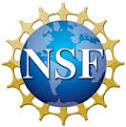
Robinson Flaig, first year PhD student in the research group of chemistry professor Omar Yaghi, has been selected to receive a 2015 National Science Foundation (NSF) Graduate Research Fellowship Program (GRFP) Fellowship.
Click here to view a pdf of the award list.

From his lab in the University of California, Berkeley, Jordan's Omar Yaghi is creating the formula for a greener future - before it's too late.
Click here to view a pdf of the article.

The 2015 King Faisal International Prize for Science has been awarded to Berkeley chemistry professor Omar Yaghi. He shares the award with Michael Grätzel of the Swiss Federal Institute of Techology.
Click here to read more.
Click here to view a pdf of the news.
Click here to visit the King Faisal International Prize (KFIP) website.
Click here to view a pdf of the press release.

What would it take to put you behind the wheel of a methane-powered vehicle? Researchers are determined to find out...
Click here to read more (http://www.sciencemag.org/).
Click here to view a pdf of the article.

Karen Wong, operations manager in the research group of chemistry professor Omar Yaghi, is the newest recipient of the Chemistry Achievement Prize.
Click here to view a pdf of the article.

Researchers at UC Berkeley led by Dr. Omar Yaghi have shown that MOFs made as nanocrystals (nMOFs) can be doped with graphene and successfully incorporated into devices to function as supercapacitors.
Click here to view a pdf of the article.
Read this story on the Green Car Congress website by clicking here.


Custom porous materials give eco-friendly adsorption chillers a boost.
Click here to view a pdf of the article.

For most of the twentieth century, serendipity was a key ingredient in the synthesis of crystalline solids. The construction of materials with precise architectures was a formidable challenge, but through a subtle combination of chemistry and crystallography, 'designer' crystals - materials with predetermined structures and properties - slowly began to emerge. At the forefront of these endeavours was the field of porous crystals.
Click here to read more.
Click here to view a pdf of the article.

Click here to visit the JACS website.

Thermal systems use heat to produce cold, and vice versa. To do so, a material is needed that can dissipate water vapor particularly well and quickly. A new method simply applies this property as a layer onto the components.
Click here to read more.
Click here to view a pdf of the article.Click here to read a related Article from the Yaghi group.
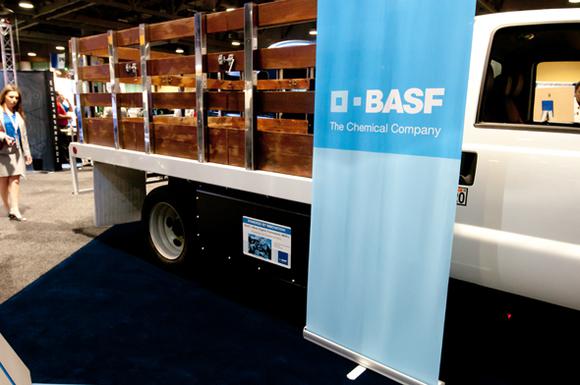
There are more than 15 million natural gas vehicles worldwide, but fewer than 150,000 of them are in the United States. The limitations of natural gas have all contributed to its inability to break into the U.S. market, even with a significant cost break versus gasoline...
Click here to read more.
Click here to view a pdf of the article!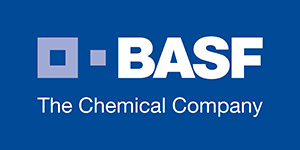
The College of Chemistry has launched a new collaborative research center, the California Research Alliance by BASF (CARA), a multidisciplinary effort focused on innovation and technology transfer. Along with Berkeley and the chemical company BASF, CARA academic partners include UCLA and Stanford University.
Click here to read more.
Click here to view a pdf of the article!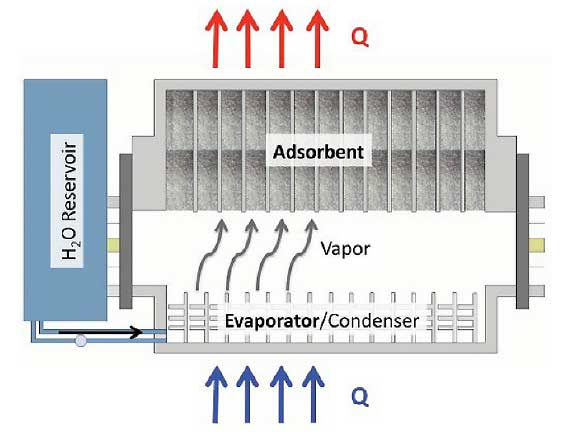
Adsorption-based thermal batteries could help boost EV range by 40%.
To read more about this story, click here.
Read this story on the SAE International website by clicking here.
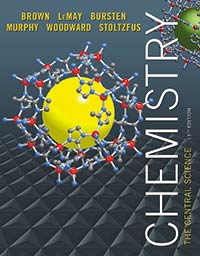
About the Cover: The molecular models shown are a portion of the chemical structure of a porous crystal developed by Professor O. M. Yaghi and colleagues at the University of California-Berkeley. Porous crystals are a type of extended structures within which molecules and ions can be trapped and stored, which has potential in applications for clean energy and environmental issues. This structure shown is an example of a metal-organic frameworks (MOF), in which organic fragments are linked together by bonding to metal ions. The MOF shown is synthesized by linking methyl imidazolate with Co(II) or Zn(II). The result is a very open structure with a large internal space (yellow and green spheres) in which other molecules, such as hydrogen, methane, or carbon dioxide, can be inserted. The very open structure of MOFs leads to extremely high effective surface areas and therefore very large storage capacities, In fact, one gram of the material shown has an effective surface area equivalent to that of a football field! (Illustration courtesy of Dr. F. Gandara)
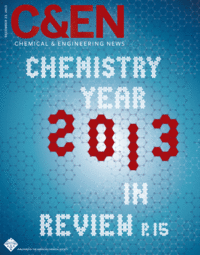
MOFs are no longer just academic curiosities; a few companies, including Sigma-Aldrich , now sell lab quantities of MOFs, and BASF makes a handful of the compounds on a ton scale.

Amyloids, self-assembling protein fibers, are effective for selective carbon dioxide capture.
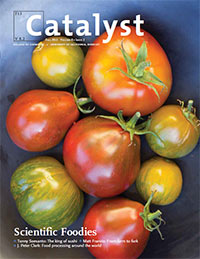
Omar Yaghi was born in Amman, Jordan, in 1965. His homeland is a quiet country of 6.5 million people bordered by ...
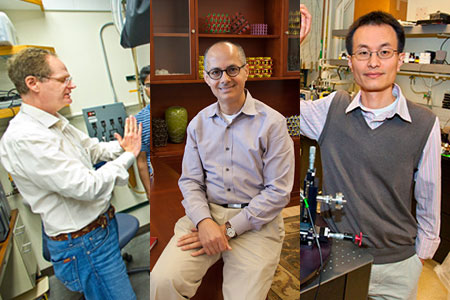
By tapping the latest advances in nanoscience, Kavli ENSI researchers plan to unravel the most intimate details of nature's energy secrets.
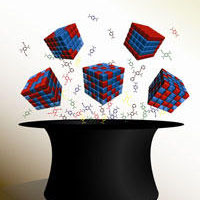
Berkeley scientists have developed a method that accurately predicts the adsorptive properties of crystalline multivariate meta-organic framework (MTV-MOF) systems

In 2012, BASF received the French Pierre Potier Award for its research on metal organic framework or MOFs: thanks to a new manufacturing process it is possible for the first time to produce MOFs on industrial scale - that is several tons - and without using solvents...

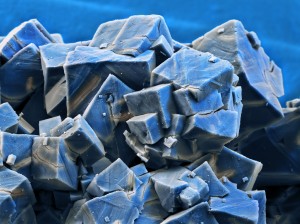
BASF has been researching into metal-organic frameworks (MOFs), and the processes that can be used to manufacture these highly efficient storage materials for gases on an industrial scale, for more than ten years...


This new center at Vietnam National University will help train the next generation of basic scientists.

New metal-organic framework compounds may have drug delivery and other applications.

Discoveries by a Berkeley Lab leader could bring monumental advances

Highly porous MOFs serve as future for natural gas storage and carbon capture technologies.
Professor Omar Yaghi, a proponent of global mentorship, has opened a research facility in Ho Chi Minh City to inspire young scientists.

The environmentally responsible Mercedes-Benz F125 is capable of handling any traffic situation with zero-emissions.
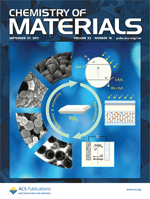
"Covalent Organic Frameworks with High Charge Carrier Mobility," has been announced as one of the top 10 most read articles from the third quarter of 2011 from the journal, Chemistry of Materials.

Promising Applications for Clean Energy Storage and CO2 Capture: New Directions and Places for MOFs

In this UCLA Newsroom video, Omar Yaghi talks about his pioneering research - a world of new matter, with exciting applications for clean energy - discusses how he makes discoveries and takes you inside his UCLA laboratory.
Click here to see the video.
Chemical capturing couture, made from fiber impregnated with MOFs developed by Prof. Omar Yaghi (UCLA) and Prof. Juan Hinestroza (Cornell).
To read more about this story, click here.
Read this story on the C&EN website by clicking here.

Ultrahigh Porosity in Metal-Organic Frameworks, by Omar Yaghi and his collaborators was identified as the Fast Breaking Papers for the field of Chemistry for August 2011.
Learn more: visit the website or view the PDF.
The new BASF-video covering recent progress in MOF development is now available at youtube. You will find the movie following the link below:
A new fabric that can selectively trap gases is being developed at Cornell University, in a breakthrough that promises to help protect soldiers and first responders from exposure to toxic chemicals.
Omar Yaghi named among the top 2 most cited chemists worldwide having achieved more than 200 citations per paper for over 100 papers (2000-2011). Learn more: visit the website or view the PDF.
Making molecules that contain multiple metal atoms and more than one type of metal is notoriously tough. But that's exactly what a research team based in Japan and the U.S. has done.
To read more about this story, click here.
BASF claims to have achieved the first industrial-scale synthesis of metal-organic frameworks
ACS Meeting News: Food-grade starting materials yield new metal-organic framework compounds
Click Here to view the C&EN article.
Chemists in South Korea and the United States have improved the design of a type of artificial crystal, doubling the amount of carbon-dioxide they can absorb and store. Called metal-organic frameworks (MOFs), the metallic crystals are porous, stable structures that can absorb and compress gases into very small spaces.
Click Here to read the entire article from ABC News.
Click Here to read the story on the ABC website.
New Champs Made from a combination of zinc clusters and organic linkers, these materials set new records for surface area and gas uptake. Click here to learn more!
for his pioneering work in porous metal-organic frameworks and their applications to gas storage and clean energy For more information, Please visit the RSC website.
The discovery could lead to cleaner energy, including technology that factories and cars can use to capture carbon dioxide before it reaches the atmosphere.
View the article as a pdf- Click Here!
Visit the UCLA Newsroom website to view the original article.
Please visit the RSC Publishing Website to read more.
Also, you may click here to view the article in pdf format.
.jpg)
A sculpture presently on the facade of the Royal Academy Museum in London, has been inspired by ZIFs with a porous structure and flap-like elements
Click here to read more.
UCLA Chancellor Gene Block has named Kendall N. Houk to the Saul Winstein Chair in Organic Chemistry, Omar M. Yaghi to the Irving and Jean Stone Chair in Physical Sciences, and Shimon Weiss to the Dean M. Willard Chair in Chemistry. ''These are three outstanding scientists who add to the distinction and prestige of UCLA, and we are honored to count them among our colleagues,'' said Albert Courey, professor and chair of the chemistry and biochemistry department.
Click here to view a pdf of the article!
Click here to view the article on the UCLA Newsroom website.
.gif)
To sequester carbon dioxide as part of any climate-change mitigation strategy, the gas first has to be captured from the flue at a power plant or other source. The next step is just as important: the CO2 has to be released from whatever captured it so that it can be pumped underground or otherwise stored for the long term.
Click here to read the New York Times article!
.jpg)
David Britt in Yaghi's group has found a compound that can capture and then release carbon dioxide more efficiently than other processes tested to date. Capturing CO2 is critical for purifying natural gas, and for attempts to sequester CO2 to decrease its emission into the atmosphere. Any viable CO2 filter must not only effectively capture CO2, but it must also release the CO2 in an energy efficient manner so the filter can be reused. More in a paper published in PNAS 2009.
To learn more about this story, click here.
.gif)
The material, a metal organic framework or MOF, captures and releases CO2 more efficiently than any other system tested so far and, the researchers say, should be seriously considered as a potential candidate for the energy-efficient trapping of CO2 as part of carbon capture and storage strategies to decrease the volume of greenhouse gases entering the atmosphere.
To read more, click here.
.jpg)
Omar Yaghi has made a major advancement in the development of CO2 capturing materials. Scientists at the UCLA Yaghi Laboratory demonstrated that they can successfully isolate and capture carbon dioxide with a class of new materials.
Click here to view video.
.jpg)
Omar M. Yaghi, Jean Stone Professor of Chemistry at the University of California, Los Angeles, is the winner of the 2009 Izatt-Christensen Award, sponsored by IBC Advanced Technologies
Please read more about this by Clicking Here.
.jpg)
By incorporating macrocyclic polyethers into the three-dimensional porous structure of metal-organic frameworks (MOFs), a team of chemists from UCLA and Northwestern University has enhanced the capabilities of MOFs to include specific binding of organic molecules (Science 2009, 325, 855).
Incorporating cyclic polyethers into metal-organic frameworks permits specific binding of organic molecules in the porous materials.
To read more about this story, Click Here.
.jpg)
MOF-1001 exhibits a new kind of porosity where by an incoming molecule can be maneuvered to a specific position in the pore, like a ship maneuvered to the dock.
Docking in Metal-Organic Frameworks, Q. Li, W. Zhang, O. Š. Miljanić, C.-H. Sue, Y.-L. Zhao, L. Liu, C. B. Knobler, J. F. Stoddart, O. M. Yaghi, Science, 2009, 325, 855-859
.gif)
Build a Better Carbon Trap and ...
To capture the carbon dioxide generated by coal plants, chemical companies like Dow Chemical Co. and energy giants like Alstom SA have been betting big on liquid solvents like amine, a corrosive derivative of ammonia that has a thirst for binding with CO2.
To read the entire article, Click Here.
.gif)
Chemist's Pursuit of Molecular Beauty May Yield Energy Breakthroughs
Yaghi is featured in the Chronicle of Higher Education on May 8, 2009.
Click Here to read the full article.
.jpg)
The IV joint International Symposium on Macrocyclic & Supramolecular Chemistry, 21-25 June 2009, Maastricht, The Netherlands.
Visit the conference website.Download a pdf attachment.
.jpg)
Top 10 researchers in chemistry based on total citations
The data was provided by Thomson Reuters from its Essential Science Indicators database, 1 January 1998 to 30 June 2008.
Click here to view the pdf.
Click here to visit the website.
.jpg)
Dr. Omar Yaghi featured on UCLA Spotlight.
Click Here to see the video!
.jpg)
ACS Award In The Chemistry Of Materials
Geometry is at the heart of chemistry, and in the work of Omar M. Yaghi, this year's winner, the marriage of chemical form and function is blatant and welcome. In his metal organic framework (MOF) crystals and related networklike structures, which Yaghi, 43, collectively refers to as reticular chemistry, geometry becomes beautifully real.
.jpg)
NEW MATERIALS CAGE CARBON- (Yaghi Lab Featured)
Green technology was hot in 2008. Barack Obama won the presidential election promising green jobs to Rust Belt workers. Investors poured $5 billion into the sector just through the first nine months of the year. And even Texas oilmen like T. Boone Pickens started pushing alternative energy as a replacement for fossil fuels like petroleum, coal and natural gas.
Click Here to download a pdf of the article!
Click Here to read the entire article online!
.jpg)
Is there a limit to the spectacular catalytic and storage abilities of MOFs?
Molecular sponges- is there a limit to the spectacular catalytic and storage abilities of MOFs? Jon Evan investigates, an article in C&EN.
Read the entire article! Click here.
.jpg)
"Omar Yaghi and colleagues at the University of California at Los Angeles applied high throughput chemistry to make a series of highly porous crystalline materials called zeolitic imidazolate frameworks (ZIFs)."
Click Here to read the entire article.
.jpg)
For Metal-Organic frameworks, lab-scale research is brisk as commercialization begins.
Read the C&EN article here. (pdf format)
.gif)
Scientists work to put the greenhouse gas in its place.
To download the full article, Click Here.
.jpg)
The German chemical company BASF is marketing metal organic frameworks, first invented in the Yaghi labs, under the trade name Basolite Mofs. The compound, of which one gram has the surface area of several football fields, can store and release small molecules such as energy-rich gases with its open framework structure and is being sold through Aldrich Chemicals.
Click here to visit the site.
.jpg)
Developed by Omar Yaghi and colleagues at the University of California at Los Angeles (UCLA), the new compounds are made from zeolitic imidazolate frameworks (ZIFs) - porous crystalline materials with a cage-like structure that resembles natural aluminosilicate zeolites.
Read here about this super-sized molecular sponges that can boost carbon capture.
.gif)
With their high thermal and chemical stability and ease of fabrication, ZIFs are promising materials for strategies aimed at ameliorating increasing atmospheric carbon dioxide levels. The materials are chemically and thermally stable, yet have the long-sought-after design flexibility offered by functionalized organic links and a high density of transition metal ions.
Click here to read the entire article.
.jpg)
The BBC Radio Programme Science in Action, which is broadcast globally, interviewed members of the Yaghi labs about their incredible ZIF research.
For more information, please click here.
To listen to the broadcast, Click here.
To download the audio file, right click the link above and choose "Save link as..." (file size: 12.5 MB)
.jpg)
CO2 - Absorbing Crystals Just the Tip of Iceberg for UCLA Lab
Yaghi's lab employs automation techniques frequently found in the biotech and pharmaceutical industry to rapidly test crystal samples on a scale not previously possible, which has led to an avalanche of new discoveries.
Visit the Wired.Com website.
.gif)
R. Banerjee, A. Phan, B. Wang, C. Knobler, H. Furukawa, M. O'Keeffe, O. M. Yaghi, Science, 2008, 319, 939-943.
A high-throughput protocol was developed for the synthesis of zeolitic imidazolate frameworks (ZIFs). Twenty-five different ZIF crystals were synthesized from only 9600 microreactions of either zinc(II)/cobalt(II) and imidazolate/imidazolate-type linkers. All of the ZIF structures have tetrahedral frameworks: 10 of which have two different links (heterolinks), 16 of which are previously unobserved compositions and structures, and 5 of which have topologies as yet unobserved in zeolites. Members of a selection of these ZIFs (termed ZIF-68, ZIF-69, and ZIF-70) have high thermal stability (up to 390?C) and chemical stability in refluxing organic and aqueous media. Their frameworks have high porosity (with surface areas up to 1970 square meters per gram), and they exhibit unusual selectivity for CO2 capture from CO2/CO mixtures and extraordinary capacity for storing CO2: 1 liter of ZIF-69 can hold ~83 liters of CO2 at 273 kelvin under ambient pressure.
Download the full article from here!
.jpg)
ZIFs- 11, 12, 71, 20, 21, and 71 pictured here are but a few of the ZIFs developed by Yaghi and his researchers that have the capacity to store huge amounts of CO2 as highlighted by Robert Service in Science magazine.
Porous solids have become a rich playground for chemists, who can tailor the materials' makeup for use in gas storage, filtering, and catalysis. ZIFs developed in the Yaghi labs excel at these applications.
.jpg)
The results of the Yaghi researchers in the area of ZIF's, zeolitic imidazolate frameworks published in the new issue of Science Magazine.
Researchers in the Yaghi labs have developed porous materials that can soak up 80 times their volume of carbon dioxide, offering the tantalizing possibility that the greenhouse gas could be cheaply scrubbed from power-plant smokestacks. The results published in Science Magazine are garnering the attention of the global science and tech community.
See some reviews of their research results.
http://www.ucla.edu/, under "News & Notices," and on the UCLA News web site: http://www.newsroom.ucla.edu/. It is permanently archived at http://www.newsroom.ucla.edu/portal/ucla/new-materials-can-selectively-45139.aspx and has been sent to the national and international media.
.jpg)
The Yaghi lab wins the 2007 AAAS Newcomb Cleveland Prize
Dr. Omar Yaghi and members of his lab win the American Association for the Advancement of Science 2007 Newcomb Cleveland Prize for their paper in Science Magazine "Designed synthesis of 3D covalent organic frameworks, H. M. El-Kaderi, J. R. Hunt, J. L. Mendoza-Cortes, A.P. Cote, R.E. Taylor, M. O'Keefe, O.M. Yaghi, Science, 2007, 316, 268-272".
.jpg)
The Yaghilabs's highly porous organic framework known as COF-105
The Yaghilab's highly porous organic framework known as COF-105 is chosen to grace the cover of the December issue of C&EN. The Yaghilab's pioneering work in the area of COFs is highlighted in the 2007 Chemical Year in Review.
.gif)
according to In-Cites.com
"Essential Science Indicators ranks Omar Yaghi as the 15th most-cited chemist with a total of 10,408 citations from 75 papers at an impressive frequency of 138.77 citations per paper for the ten-year plus six-month period, January 1997 - June 30, 2007." Omar has risen from # 22 in December of 2006 up from #28 in November 2005.
Visit the In-Cites Website.

As published in the Journal of the American Chemical Society
The article, "Metal-Organic Frameworks with Exceptionally High Capacity for Storage of Carbon Dioxide at Room Temperature", published in the Journal of the American Chemical Society is being featured on the ACS Publications website as a "Hot Paper" as defined by Thomson Scientific (ISI) Essential Science Indicators. Hot Papers are articles published within the last two years receiving the most citations over the most recent two-month period.
View the ACS Publications Website article here.

As published in the Journal of the American Chemical Society
The article, "Effects of Functionalization, Catenation, and Variation of the Metal Oxide and Organic Linking Units on the Low-Pressure Hydrogen Adsorption Properties of Metal-Organic Frameworks", published in the Journal of the American Chemical Society is being featured on the ACS Publications website as a "Hot Paper" as defined by Thomson Scientific (ISI) Essential Science Indicators. Hot Papers are articles published within the last two years receiving the most citations over the most recent two-month period.
Click here to view the ACS Publications "Hot Papers" website list.
.gif)
The MRS Medal is awarded for a specific outstanding recent discovery or advancement which has a major impact on the progress of a materials-related field.
To view the entire article on the MRS website, Click Here.

Account of Chemical Research reports this article is the journal's number 1 most cited article in 2006 of all the journal's articles published from 1996-the present.
As featured in the Accounts of Chemical Research article the unique structure MOF-3:
(a) Building unit in the crystal structure of Zn3(BDC)3⋅6CH3OH (MOF-3), in which each carboxylate carbon of four BDC units and an oxygen from each of the remaining BDC links form. (b) Octahedral (Oh) SBU, that assembles into (c) a primitive cubic-like decorated diamond net topology. (Structures were drawn using single-crystal X-ray diffraction data.)
.jpg)
Our research was featured in the Aug. 16, '07 issue of Nature.
Space Invaders
Space exploration usually means leaving Earth's orbit. But chemists are now burrowing inside solids to open new vistas. Katharine Sanderson reports from the internal frontier.
.gif)
Hydrogen Nano-Architect
Click here and here to read the article.
.jpg)
As featured in C&EN, the highly porous organic framework known as COF-108.
COF-108 is built from tetrahedral and planar triangular building blocks joined by C2O2B rings. Carbon is blue; oxygen, red; and boron yellow.
Read More...
.jpg)
Organic, three-dimensional microporous structures have been synthesized. Such organic zeolites are light and chemically versatile, offering a range of possible applications.
Microporous materials contain pores or channels with diameters of less than 2 nm- only a little bigger than many molecules. These pores or channels may be used as filters that allow some species through but not others, as containers to isolate or store specific molecules, or as tiny chemical reactors. Chemists have found ways to prepare a wide variety of porous materials, but it has proved difficult to form organic polymer networks with perfectly controlled pore dimensions- until now.
Read the entire article here.
.jpg)
Hydrogen Storage in Metal-Organic Frameworks
Professor Omar M. Yaghi was presented with the 2007 DOE Hydrogen Program R & D Award in Recognition of Outstanding Achievement in Storage Research and Development in Arlington, VA on May 16th 2007 at the Department of Energy Hydrogen Program Annual Merit Review.
.jpg)
Metal Organic Reticular Frameworks
Professor Yaghi's lecture "Metal Organic Reticular Frameworks" was presented to the Council of Scientific Society Presidents on May 6th , 2007 in Washington, D.C. As a guest speaker for the Frontiers of 21st Century Science Forum, he was awarded the 2007 Certificate of Appreciation for Outstanding Contributions to the Understanding of "Reticular Chemistry" by the National Council.
.jpg)
"Crystals of Pores Without Walls for Clean Energy"
Professor Yaghi's lecture, titled "Crystals of Pores Without Walls for Clean Energy," was presented on April 3. As a guest speaker at the 2006-07 Annual Science Faculty Research Colloquium Series, he has been awarded Dean's Recognition Award at the College of Letters and Science, UCLA.
.jpg)
The image shows the crystal structure of COF-108. Synthesized only from light elements (H, B, C, O) COF-108 is the lowest-density crystal ever produced (0.17 g/cm3).
The covalent organic frameworks, or COFs (pronounced "coffs"), one of these new classes of materials, are the first crystalline porous organic networks. A member of this series, COF-108, has the lowest density reported of any crystalline material.
"These are the first materials ever made in which the organic building blocks are linked by strong bonds to make covalent organic frameworks," Yaghi said. "The key is that COFs are composed of light elements, such as boron, carbon and oxygen, which provide thermal stability and great functionality."
COF-108, the latest advance in reticular chemistry development, has a high surface area, with more than 4,500 meters per gram.
"One gram, unraveled, could cover the surface area of approximately 30 tennis courts," Yaghi said.
In the push to develop methods to control greenhouse gas emissions, some of the biggest challenges have been finding ways to store hydrogen for use as a fuel, to use methane as an alternative fuel, and to capture and store carbon dioxide from power plant smokestacks before it reaches the atmosphere. Yaghi and his colleagues believe COFs are uniquely suited for all these applications because of their functional flexibility and their extremely light weight and high porosity.
Through reticular chemistry, Yaghi has developed a process whereby it is possible to utilize the arsenal of organic building blocks to construct a large number of new COF structures whose components can be easily designed to suit a particular application. The pore size and pore functionality of these materials can be varied at will.
Yaghi, whose research overlaps chemistry, materials science and engineering, is a member of the California NanoSystems Institute (CNSI) at UCLA, which encourages cross-disciplinary collaboration to solve problems in nanoscience and nanotechnology. Yaghi is also the director of the Center for Reticular Chemistry at the CNSI.
"I have long been interested in making materials in a rational way," Yaghi said. "At the beginning of my career, I always thought it should be possible to create a predetermined chemical structure by linking together well-defined molecules as building blocks, just as an architect creates a blueprint prior to construction on buildings."
A year ago, Yaghi made national headlines when he and his team at UCLA, along with colleagues at the University of Michigan, conducted research that could lead to a hydrogen fuel that powers not only cars but laptop computers, cellular phones, digital cameras and other electronic devices. The findings were reported in the Journal of the American Chemical Society in March 2006.
The materials used in that research, invented by Yaghi in the early 1990s, are called metal-organic frameworks, or MOFs, which have been described as crystal sponges. These frameworks have nanoscale-size openings, or pores, in which Yaghi and his colleagues can store gases ? such as hydrogen and methane ? that are generally difficult to store and transport.
BASF, a global chemical company based in Germany, has licensed the technology and is moving forward on commercialization of MOFs.
In the fall of 2006, Yaghi was named one of the "Brilliant 10" by Popular Science magazine, which described him as a "hydrogen nano-architect" whose "research papers rank among the most influential in his field." At the age of 42, Yaghi is already ranked No. 22 on the list of the Top 100 most-cited chemists by Thomson Scientific.

The Journal of the American Chemical Society has announced its Most-Cited Articles of 2006.
Rankings of Most-Cited Articles listed are based on data from Thomson ISI? Web of Science. Yaghi group members contributed two of the top ten most-cited articles.
8. Exceptional H2 Saturation Uptake in Microporous Metal-Organic Frameworks, Antek G. Wong-Foy, Adam J. Matzger, and Omar M. Yaghi, J. Am. Chem. Soc., 2006, 128(11), 3494 - 3495; Full Article
10. Effects of Functionalization, Catenation, and Variation of the Metal Oxide and Organic Linking Units on the Low-Pressure Hydrogen Adsorption Properties of Metal-Organic Frameworks, Jesse L. C. Rowsell and Omar M. Yaghi, J. Am. Chem. Soc., 2006, 128(4), 1304 - 1315; Full Article
View the entire list of top twenty Most-Cited articles of 2006 of the Journal of the American Chemical Society.

The McCoy Award for the Greatest Discovery in Chemistry 2006 has been awarded to Omar Yaghi for the development of new microporous Metal-Organic Framework materials (MOFs) that exhibit exceptional uptake of hydrogen gas.
Metal-organic frameworks (MOFs) were invented by the McCoy Award winner in the early 90s. MOFs have crystal structures that resembles a scaffold made of linked rods ? a solid-state structure that gives them a multitude of nanoscale pores and a correspondingly vast internal surface area where gas molecules can accumulate. A pinch of a MOF has roughly the surface area of a football field. An analysis of seven new MOFs, reported in a communication in the Journal of the American Chemical Society earlier this year, revealed two of them that exhibit a combination of substantial H2 uptake and moderate densities. These approach the 2010 DOE target of 45 g of H2/L volume, demonstrating that the volumetric capacity of MOFs is feasible as a storage medium for stationary and mobile fueling applications. 45 g is 22.5 moles and would occupy more than 500 liters!
The Herbert Newby McCoy Award was established in 1964 by Mrs. Ethel Terry McCoy in honor of her husband. He wrote Introduction to General Chemistry (1919) with his wife-to-be, Ethel Terry, and contributed to numerous papers on physical chemistry, radioactivity and rare earths. To support her husband's life-long interest in science, Mrs. McCoy designated that this annual award be made to a student or faculty member in the chemistry department making the greatest contribution of the year to science.
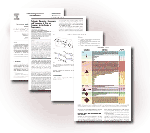
December 6, 2006 - For the period January 1996 to June 30, 2006, Omar Yaghi is ranked by the Institute for Scientific Information as the 22nd most-cited chemist with a total of 8,632 citations from 73 papers at an impressive frequency of 118 citations per paper. Omar has risen from #28 in November 2005 and from #59 in November 2004.
For more information visit the In-Cites website.

Please Visit the ACS Publications website for more information.

In celebration of National Chemistry Week, ACS Publications has listed over 100 current "Hot Papers" as recognized by Thomson ISI®Essential Science Indicators..
Hot Papers are articles published within the last 2 years receiving the most citations over the most recent 2-month period. For the current two month period, the ISI® recognizes 244 total Hot Papers in chemistry alone, with ACS Publications accounting for 41 of the top 100, or more than 40% of the 'hottest' papers in chemistry! At the top of the list is Hydrogen Sorption in Functionalized Metal-Organic Frameworks.
Visit the ACS Publcations Website for more details.

News about UCLA, University of Michigan Chemists Report Progress in Quest to Use Hydrogen as Fuel for Cars and Electronic Devices is currently featured on the front page of the National Nanotechnology Initiative website.
The National Nanotechnology Initiative (NNI) provides a multi-agency framework to ensure U.S. leadership in nanotechnology that will be essential to improved human health, economic well being and national security. The NNI invests in fundamental research to further understanding of nanoscale phenomena and facilitates technology transfer.
Read the Transcript.
Listen to the Interview.

September 12, 2006 - Omar Yaghi, UCLA professor of materials science is featured today in USA Today in a story about Popular Science's "Brilliant 10" scientists and researchers, identified in the October issue of the magazine (First Edition, Life, Page 8D).
Omar Yaghi, 41; UCLA-Los Angeles; materials science
Compressing gas usually takes very high pressure or very low temperature. Yaghi used molecular building blocks to create tiny, honeycombed scaffolding, which draws gas molecules close together, potentially making hydrogen-fueled cars feasible.
Read the Article.

The Hydrogen and Fuel Cell Letter, April 2006
April 2006 - Responding to the U.S. Energy Department's "Grand Challenge" for better hydrogen storage technologies (H&FCL July '03), researchers at the Universities of California Los Angeles (UCLA) and Michigan have developed a material that exceeds DoE current targets.
Storing gaseous amounts in handheld electronic devices powered by small fuel cells is a key issue in and obstacle to the commercialization of hydrogen energy technology.
UCLA chemistry professor Omar Yaghi and Michigan's Adam Matzger and Antek Wong-Foy have developed a new family of metal organic frameworks (MOFs) that can adsorb up to 7.5% by weight (Yaghi moved to UCLA from Michigan only recently). These materials, also described as "crystal sponges," so far store about one percent more than the 6.5% by weight that DoE estimates is needed to make hydrogen fuel practical for cars, according to UCLA's release.
U. Michigan's Omar Yaghi on What's In Store for MOFs
Some phrases just ring with a futuristic tone, despite our inescapable presence already in the 21st century. One of them is "crystal engineering." It suggests, for example, high-tech diamond merchants mindful of a plan that goes beyond digging for their wares. In truth, crystal engineering is a technology that's already arrived, with a host of applications from fuel cells on a chip to nanosensors and molecular electronics.
Read the entire interview on their website.
Professor Yaghi interviewed by the University of Michigan News Service
Chemistry professor's interest in molecules leads to storage of gases:
Read the entire interview.
Read the entire interview on their website.

September 2005 page 15
Metal-organic framework materials (MOFs) have attracted great attention since they were first synthesized in 1999 because their extraordinary level of porosity and large surface area hold promise for gas adsorption and storage.
View a picture of the article.

Chemical and Engineering News, August 22, 2005 page 42
New materials and methods are improving hydrogen storage and production technology, but significant challenges remain.
View a picture of the article.
Chemical Week, March 23, 2005 page 21
University of Michigan Tech Transfer 2004
Professor Omar M. Yaghi, Making an impact on fuel cell technology.
View a pdf of the article.

Science et Vie Vol 229 2004
Science Watch, Vol. 15, No. 6 November/December 2004, page 5, page 6
Materials Today, November 2004 page 30
Visit the Materials Today website.
View a pdf of the article.

Michigan vs. Michigan State October 30, 2004 Program page 8
The notion seems almost inconceivable: develop a material with so much storage capacity that less than half an ounce of the stuff covers the surface area of a football field.
View a picture of the article.

Ann Arbor News, May 6th, 2004, section E, page 1
University of Michigan chemist Omar Yaghi is shown with a model of a metal-organic framework. His lab got a boost from a pair of federal grants.
View a picture of the article.
Detroit Free Press, April 28th, 2004
$350 Million in help from government announced in Detroit
Private sector chips in $225 million
View a picture of the article.
New York Times, February 17th, 2004, section F, page 3
"At first glance, the crystal looks like a diamond," said Dr. Omar M. Yaghi, a professor of chemisty at the University of Michigan.
View a picture of the article.
Chemical and Engineering News, February 9th, 2004, page 10
Design strategy yields porous crystals with record-breaking surface area.
View a picture of the article.
New Scientist , February 7th, 2004, page 25
"SPACIOUS and amply proportioned with plenty of storage space" If MOF-177 were an apartment, that's probably how the vendor's patter would go.
View a picture of the article.
Fuel Cell Technology News, November, 2003, Materials; Vol. 6, No. 2
A class of materials called Metal-Organic Frameworks (MOF), which are able to store large quantities of hydrogen that is easily accessible to fuel cells, is under development at the University of Michigan.
View a picture of the article.

Materials Today, July/August , 2003, page 12
Microporous Materials
View a picture of the article.
Fuel Cells Bulletin, July, 2003, page 8
A new class of materials can store large amounts of hydrogen at normally encountered temperatures and pressures, without the problems associated with other approaches, according to chemists at the University of Michigan working in collaboration with researchers from the University of California at Santa Barbara, Los Alamos National Laboratory and Arizona State University.
View a picture of the article.
Chemical Week, June 11th, 2003, page 25
Article in the Process Technology section.
View a picture of the article.
Chemical and Engineering News, June 2nd, 2003, page 13
BASF unit makes fourth investment in start-up businesses
View a picture of the article.
Chemical and Engineering News, May 19th, 2003, page 11
Molecular design leads to materials with large H2 storage capacity.
View a picture of the article.
Angewandte Chemie, April 25th, 2003, Vol. 115, No. 16
Cover Image!
View a picture of the Journal.

Physics Today, 2003
Fundamental Physics, Chemistry and Materials Science R&D required Proposals due in September 2003.
View a picture of the article.

Chemical and Engineering News, December 16th, 2002, page 44
Cover Image!
View a picture of the Cover.

Spheres, Fall, 2002, page 4
Crystals full of Nothing: An Inevitable Outcome of Molecular Design and a New Opportunity for Materials and Inorganic Chemistry.
View the Spheres article.

Science , March 29th, 2002, Vol. 295 page 2410
Modern crystal engineering has emerged as a rich discipline whose success requires an iterative process of synthesis, crystallography, crystal structure analysis, and computational methods.
View a picture of the article.
Chemical and Engineering News, January 21st , 2002, page 8
Porous metal-organic frameworks offer useful properties for gas storage.
View a picture of the article.
Science News, June 23rd, 2001, Vol. 159 page 398
Some chemists worry plenty about nothing.. Well, almost nothing. It's the holes inside solid materials that are on their minds.
View a picture of the article.

Chemical and Engineering News, February 12th, 2001, page 8
Scientists attempting to make crystals with large pores- desirable for separations, catalysis, sensing and storage- usually have to contend with loss of stablility as pore size increases.
View a picture of the article.

Originally printed in Chemical Innovation, October, 2000, page 3
The importance of porous materials to the world/s chemical industry is reflected by their near US $350 billion sector of the global economy.
View a picture of the article.
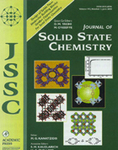
Special Issue, Journal of Solid State Chemistry, June, 2000
Guest Co-Editors: Omar M. Yaghi & M. O'Keefe
View a picture of the journal advertisment.

Science News, November 20th, 1999, Vol. 156 page 327
For years, chemists have fantasized about molecular scaffolds that would catalyze the tricky chemistry that enzymes foster. The structures would provide a framework for assembling and dissecting organic molecules. Toward this goal, researchers have attempted to make gauzy crystals that are themselves organic.
View a picture of the article.

First printed in Arizona State University News, Nov. 17, 1999
Chemistry may not grab the kind of headlines that computers do, but it's what makes modern life happen, from gasoline to plastics to the material of computer chips. Chemical catalysts are special molecules that encourage chemical processes and are one of the most critical components of our technological culture. These chemical movers and shakers are the unsung heroes of our chemistry-based civilization.
Click here to view a .jpg image of the article.









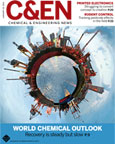

.jpg)
.jpg)
.jpg)

.jpg)
.jpg)